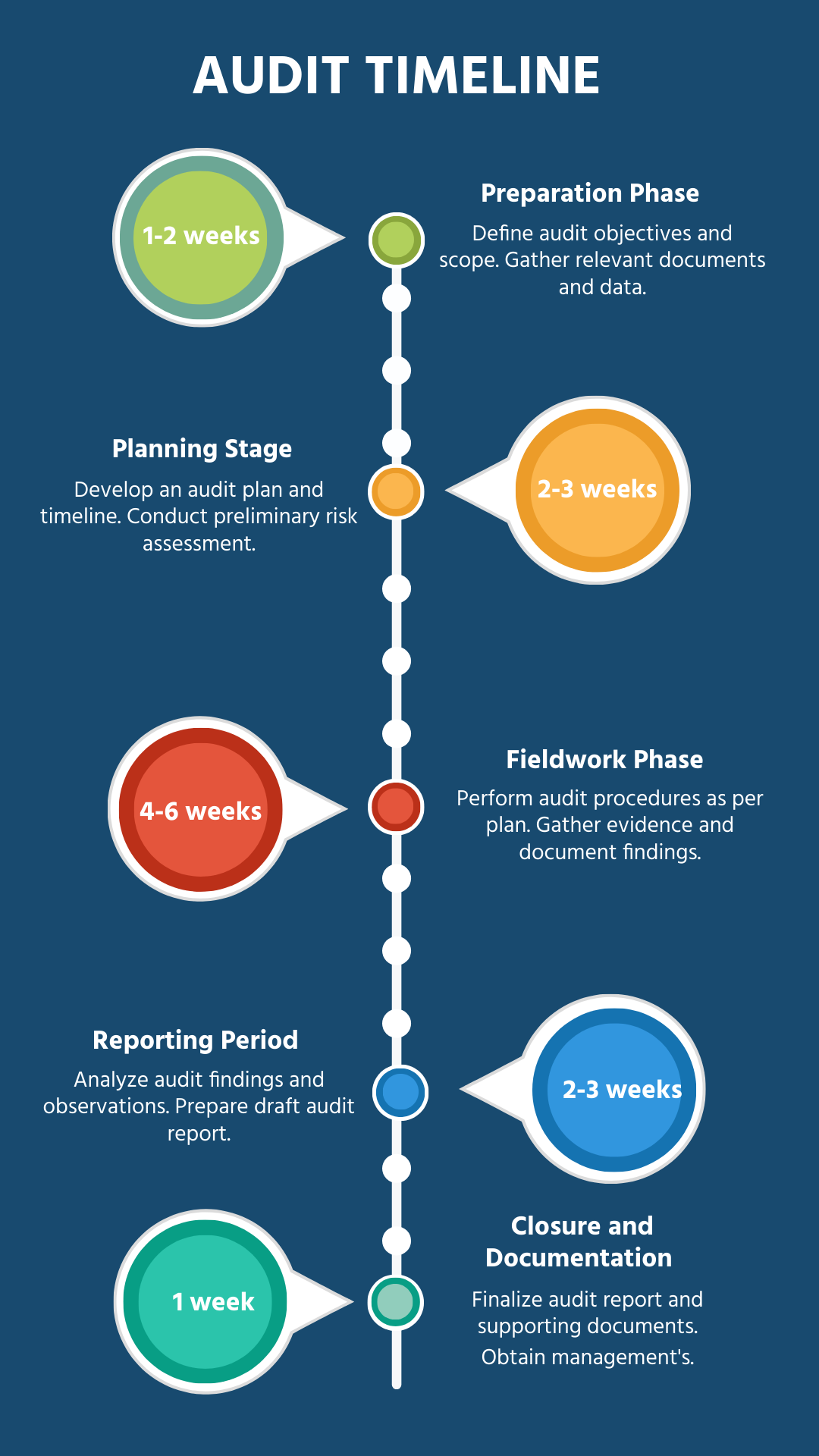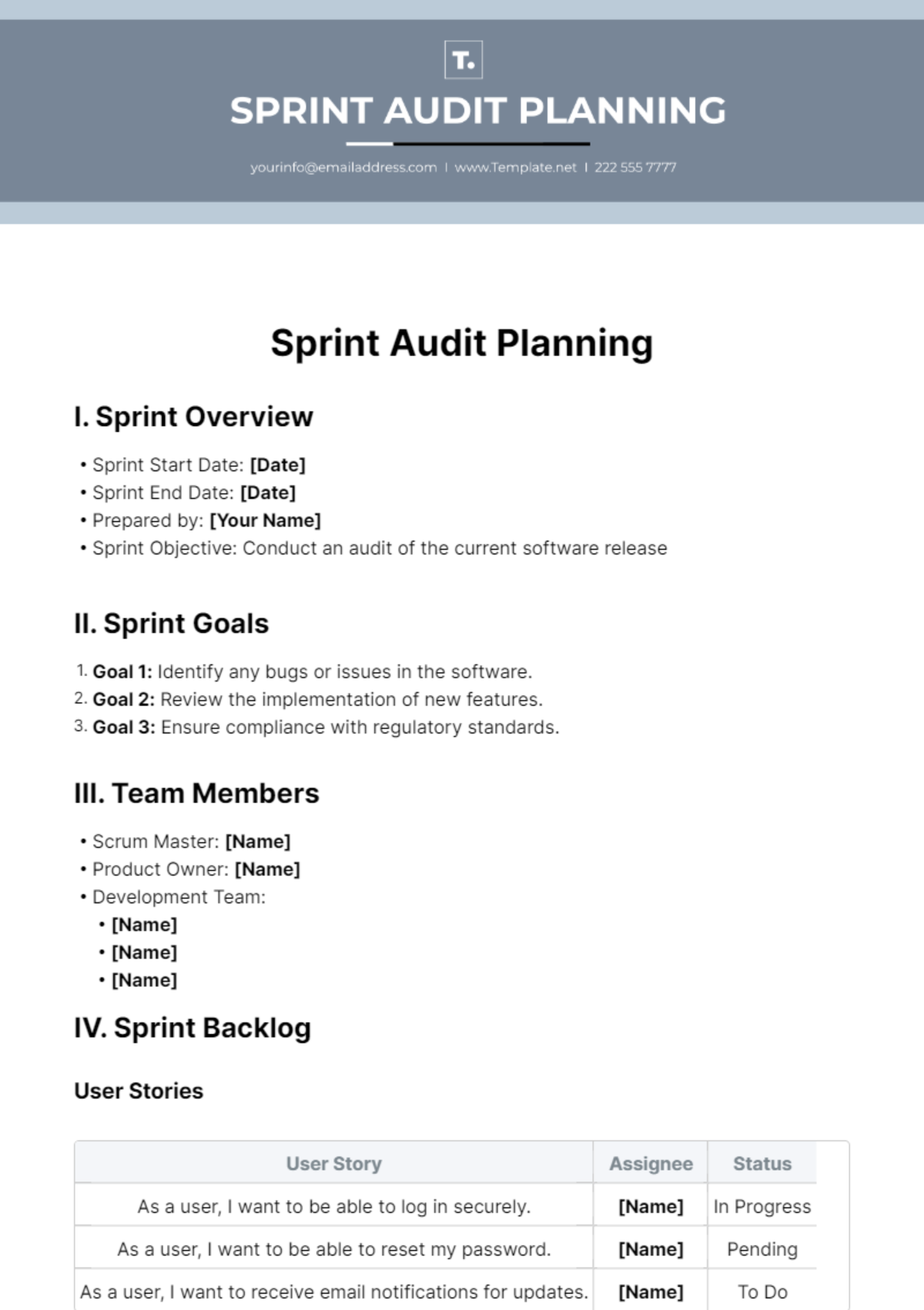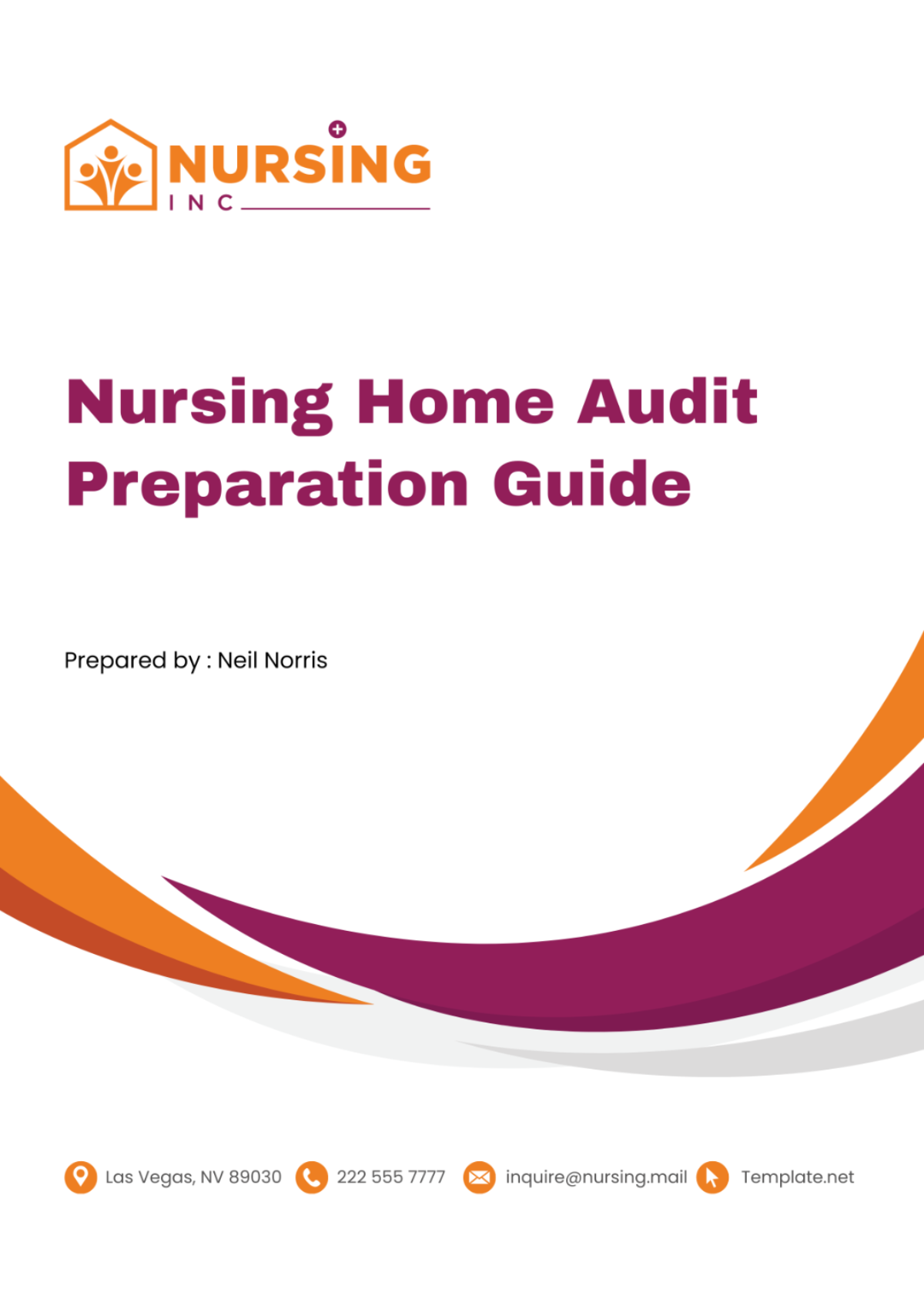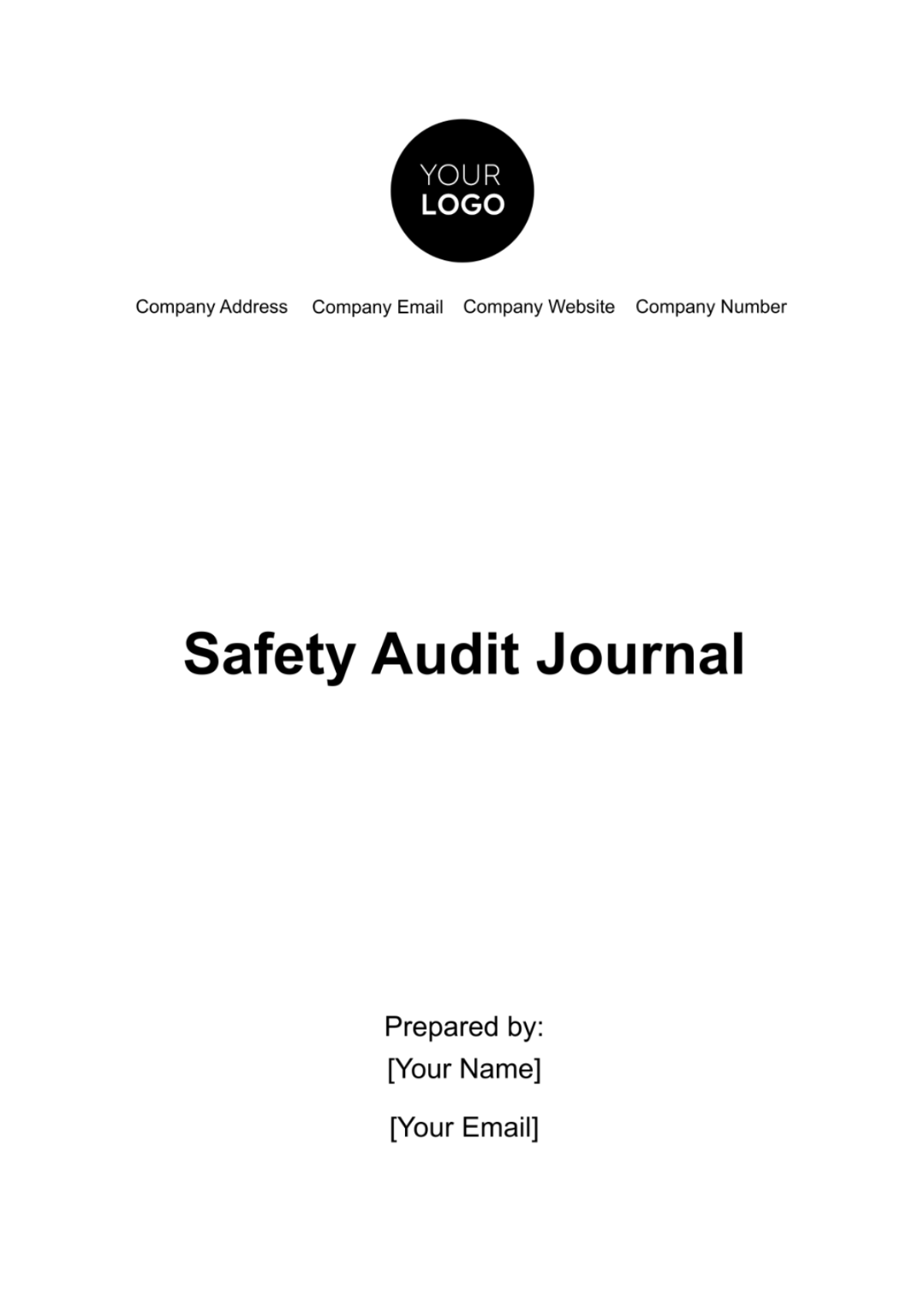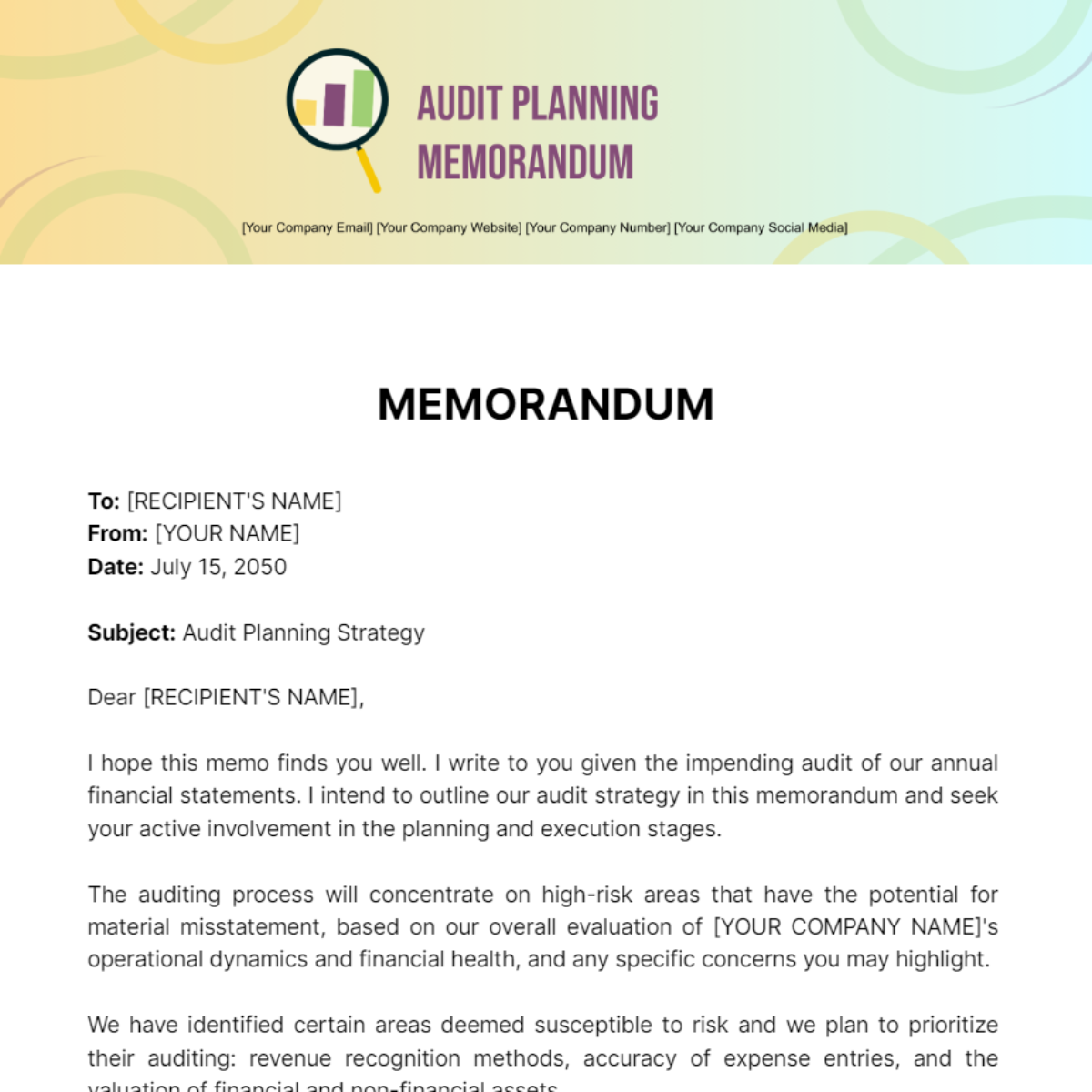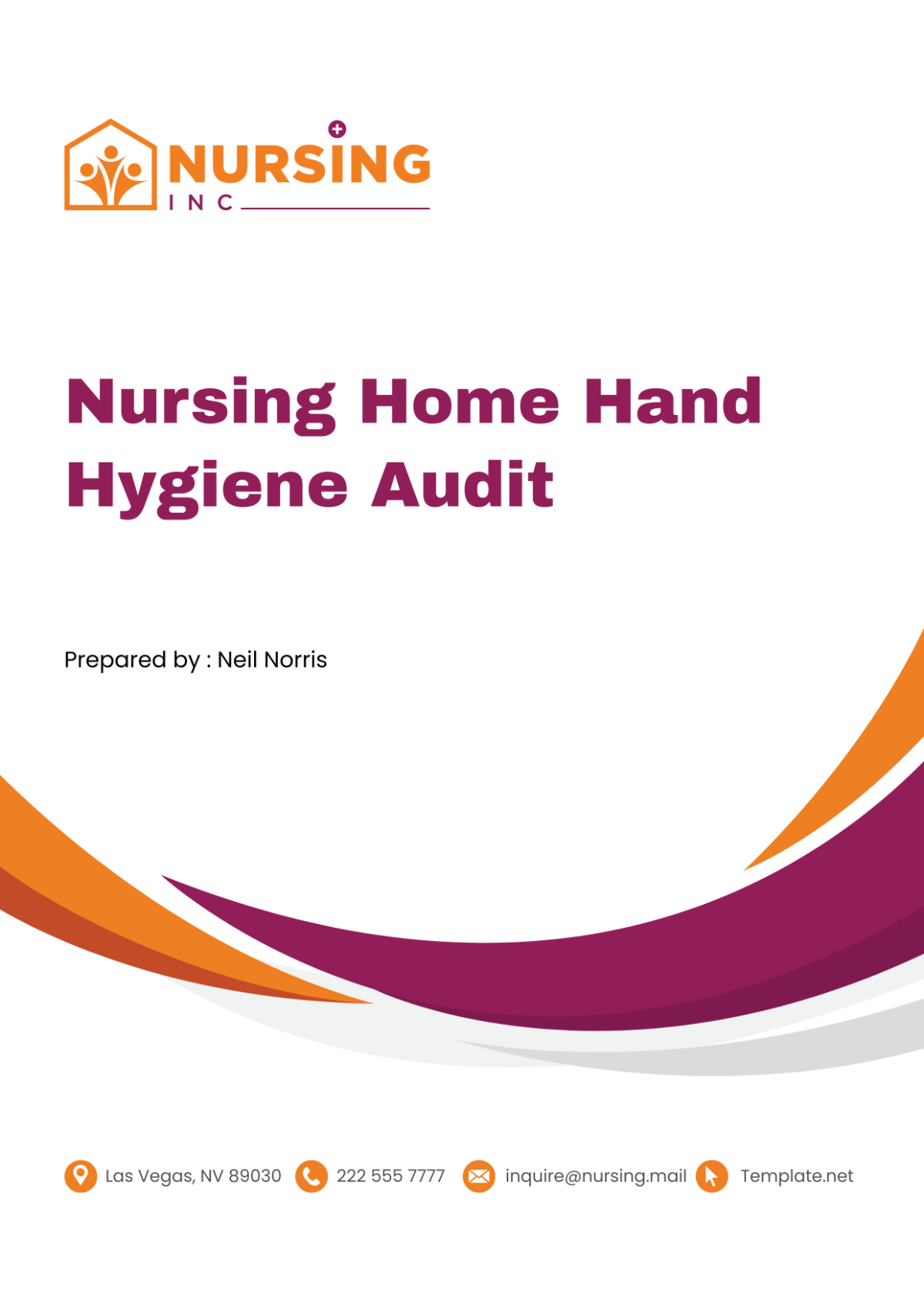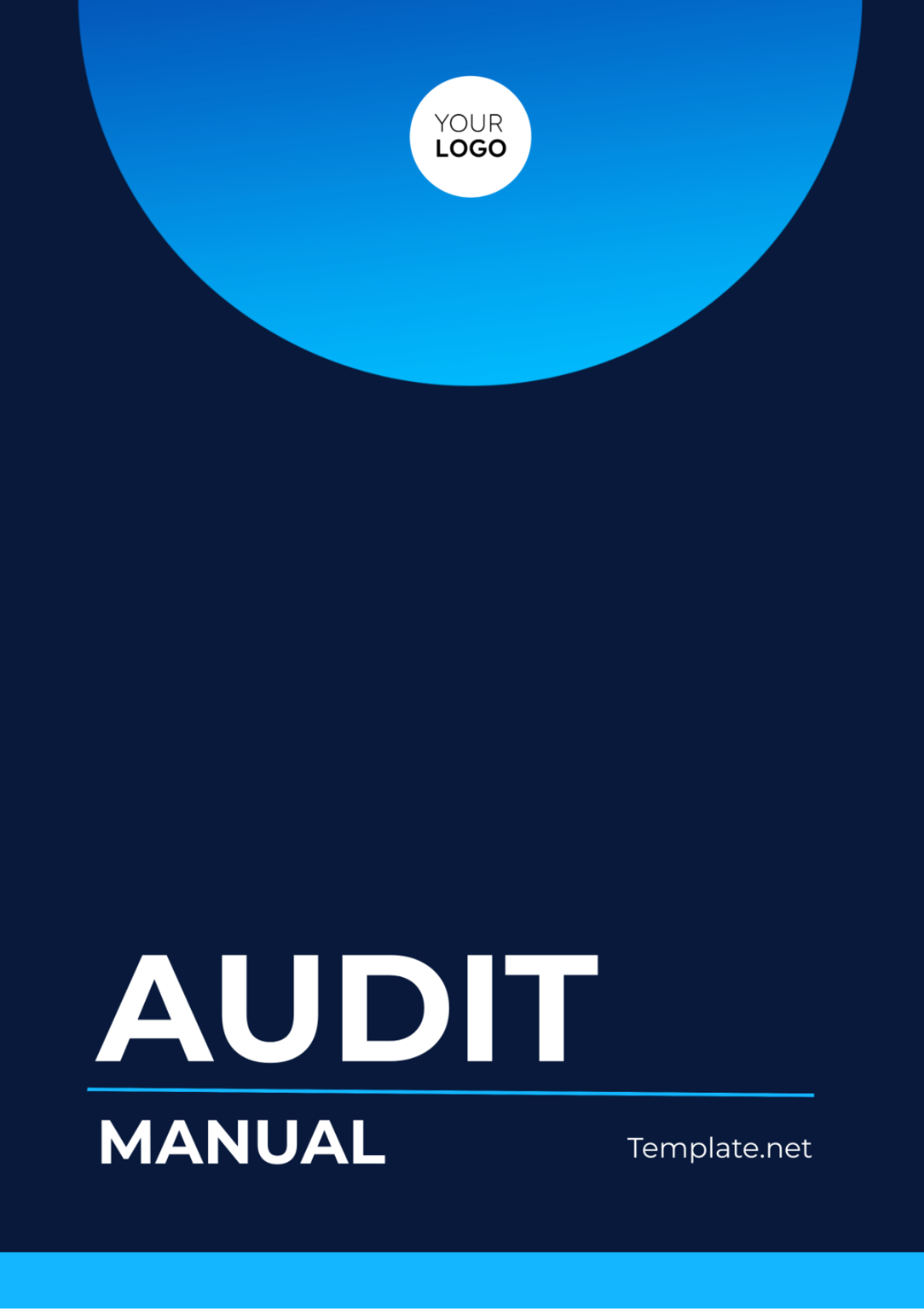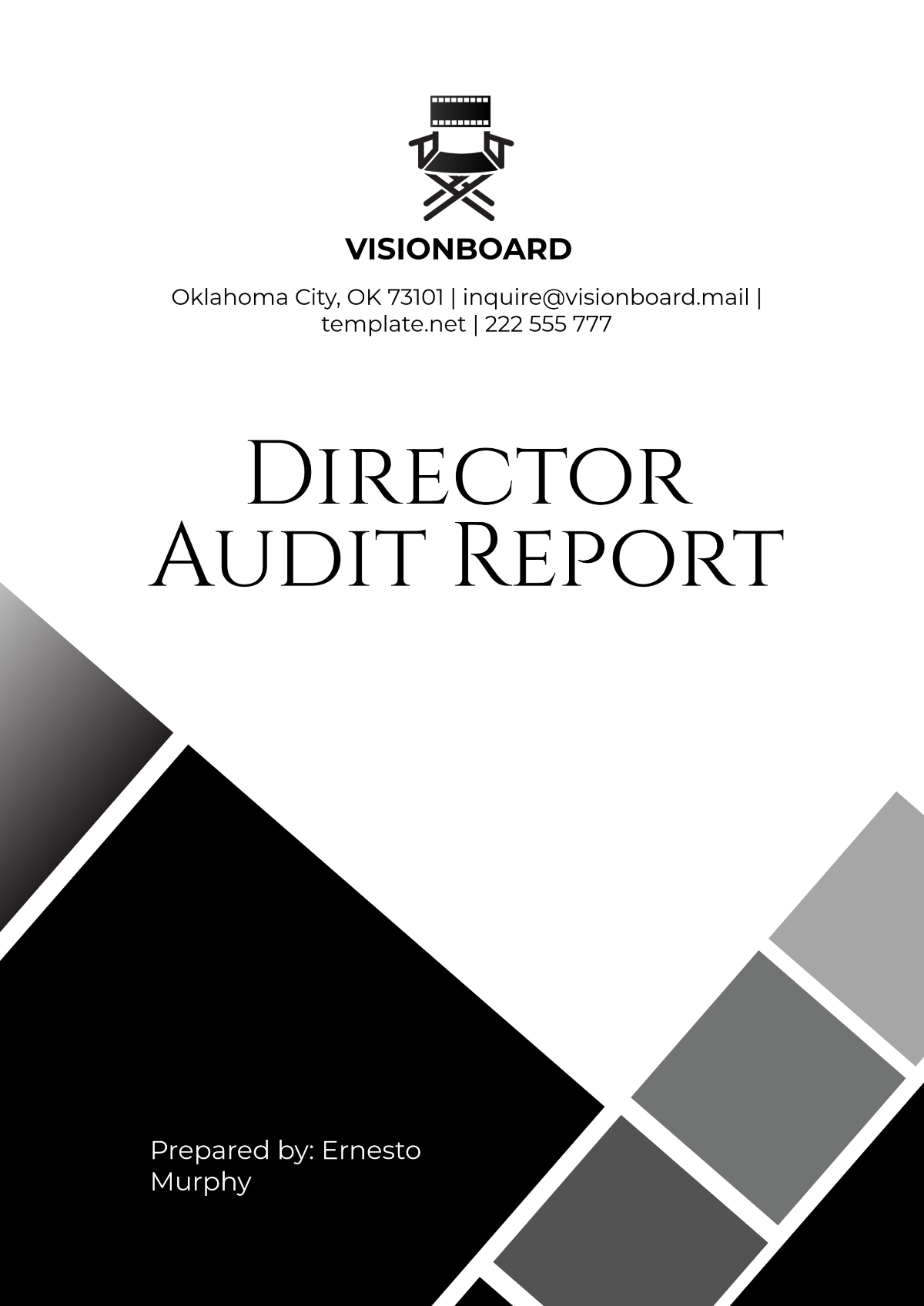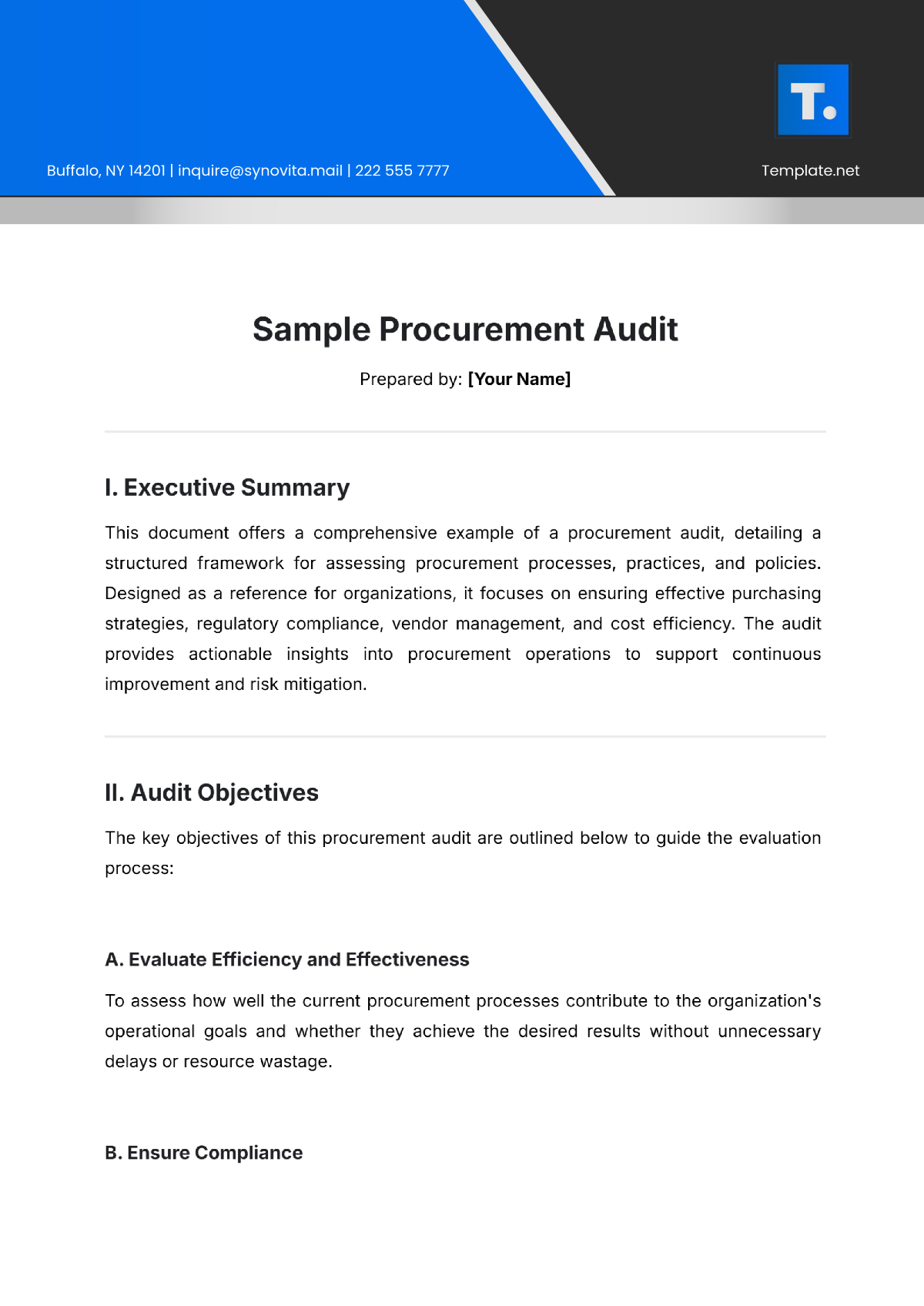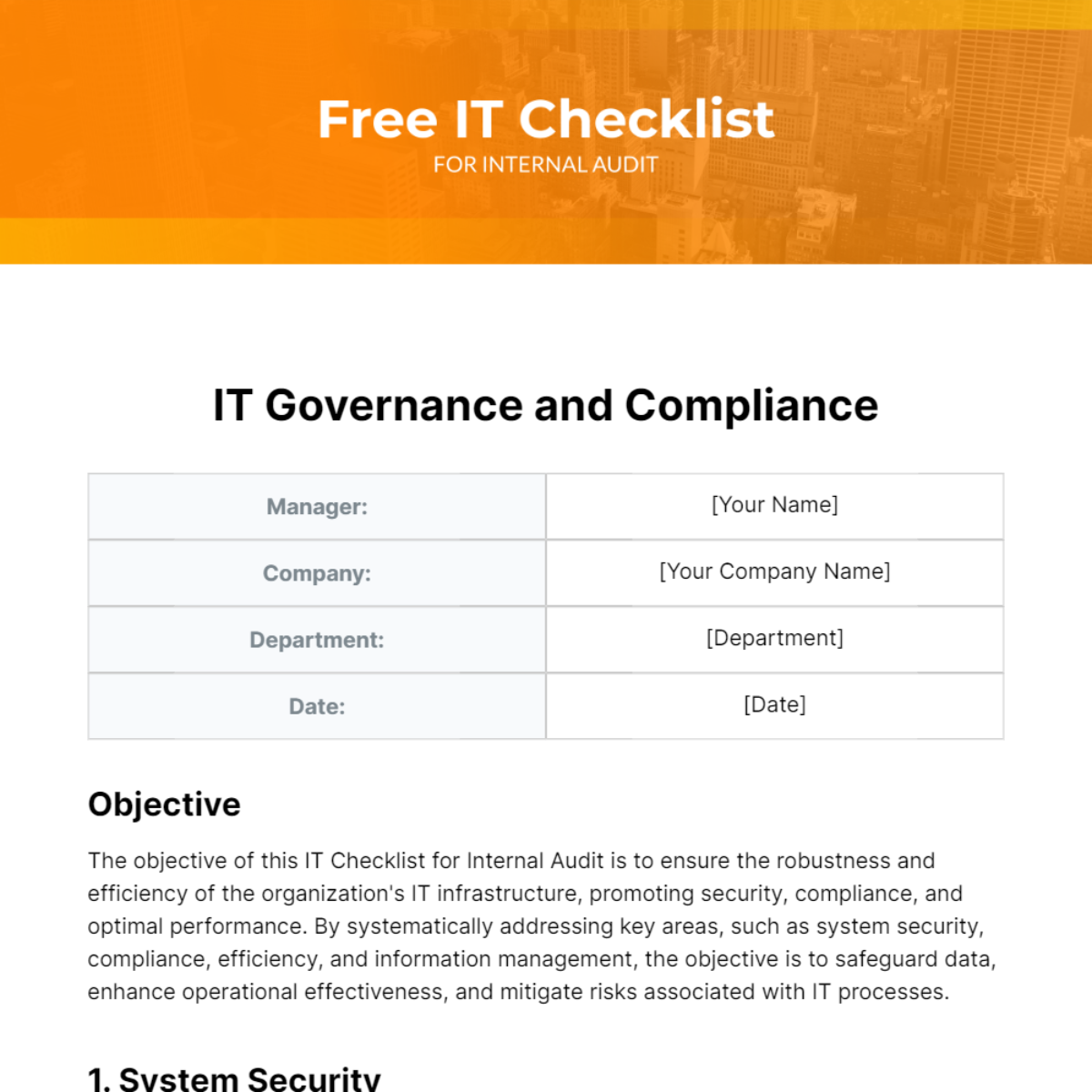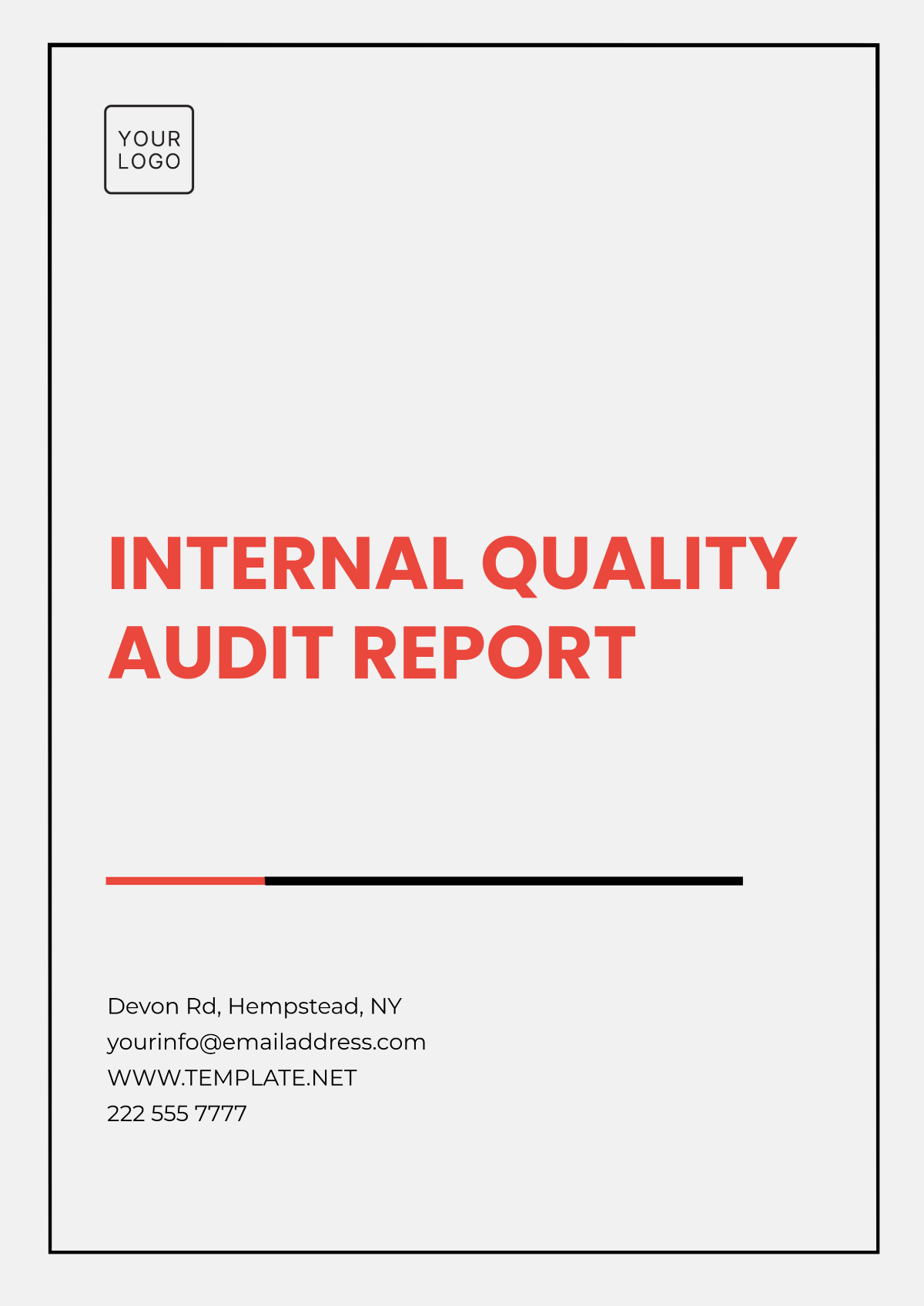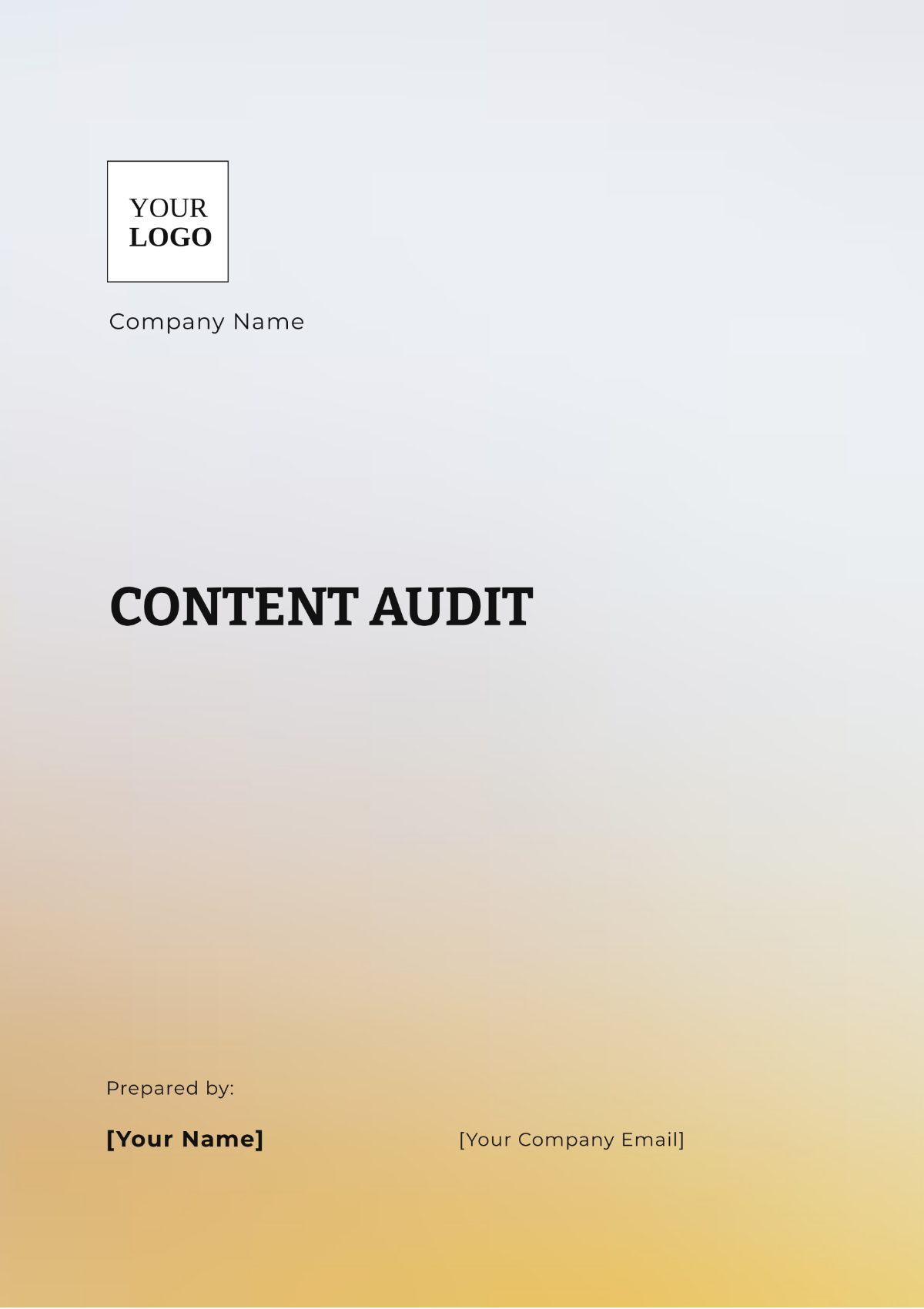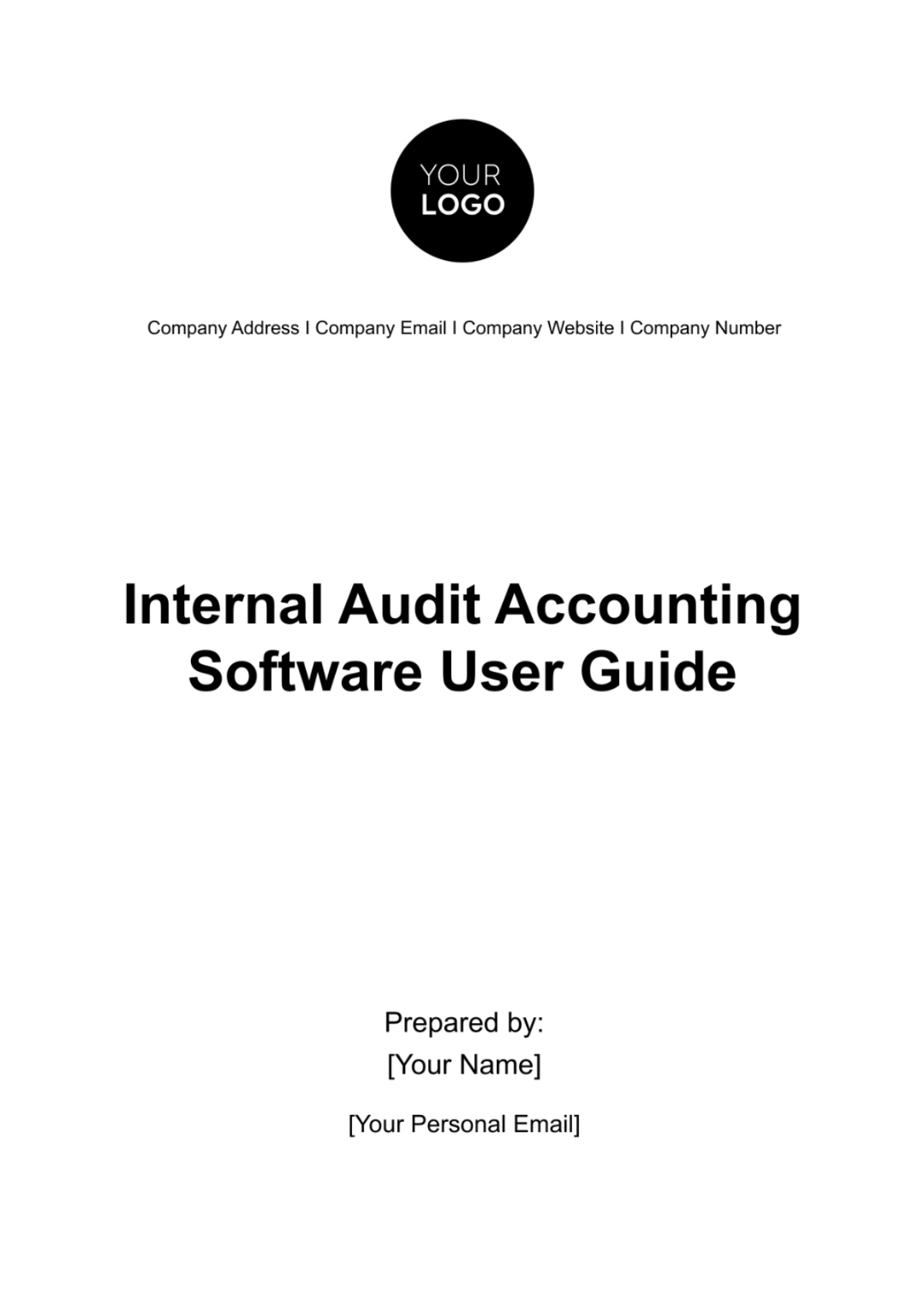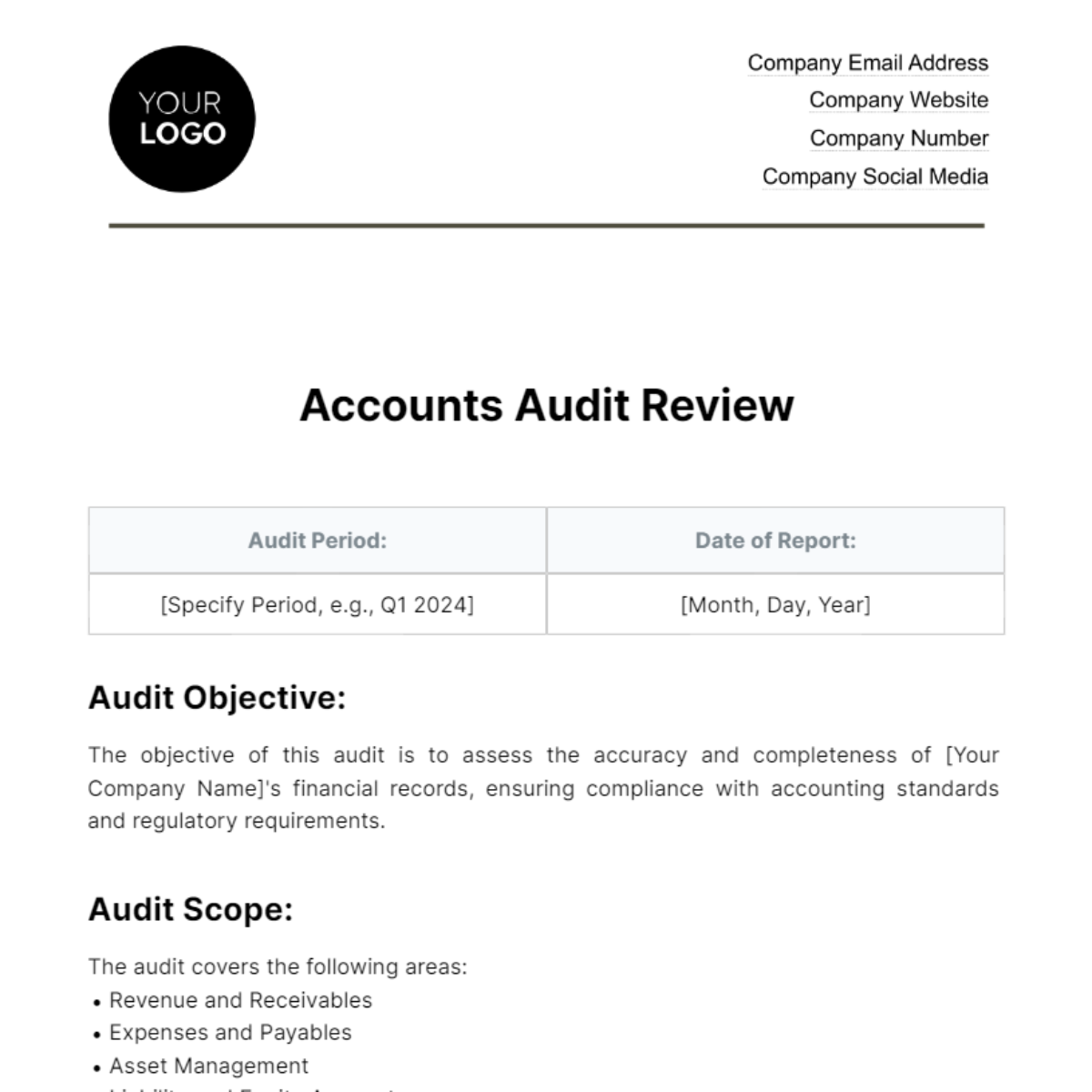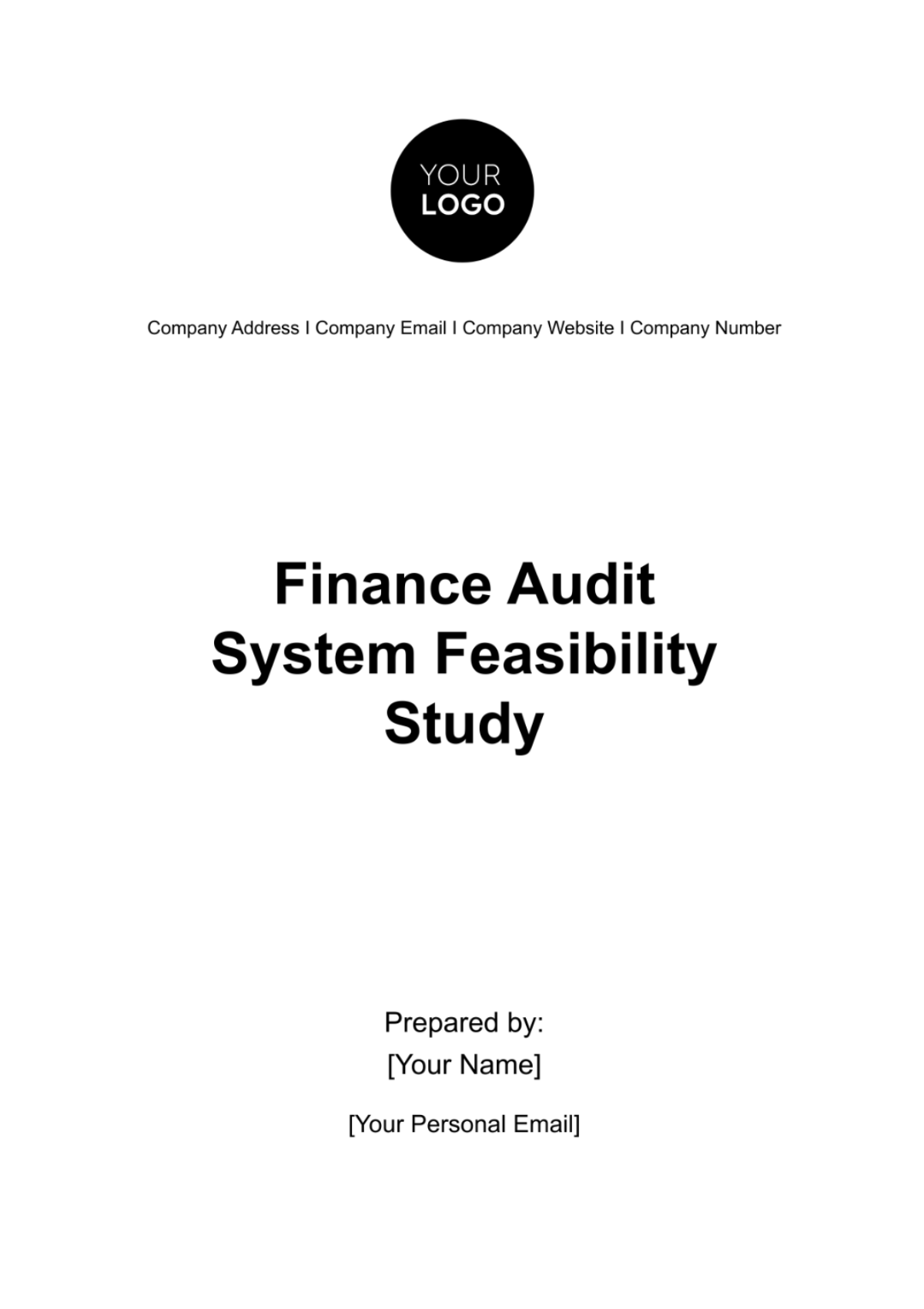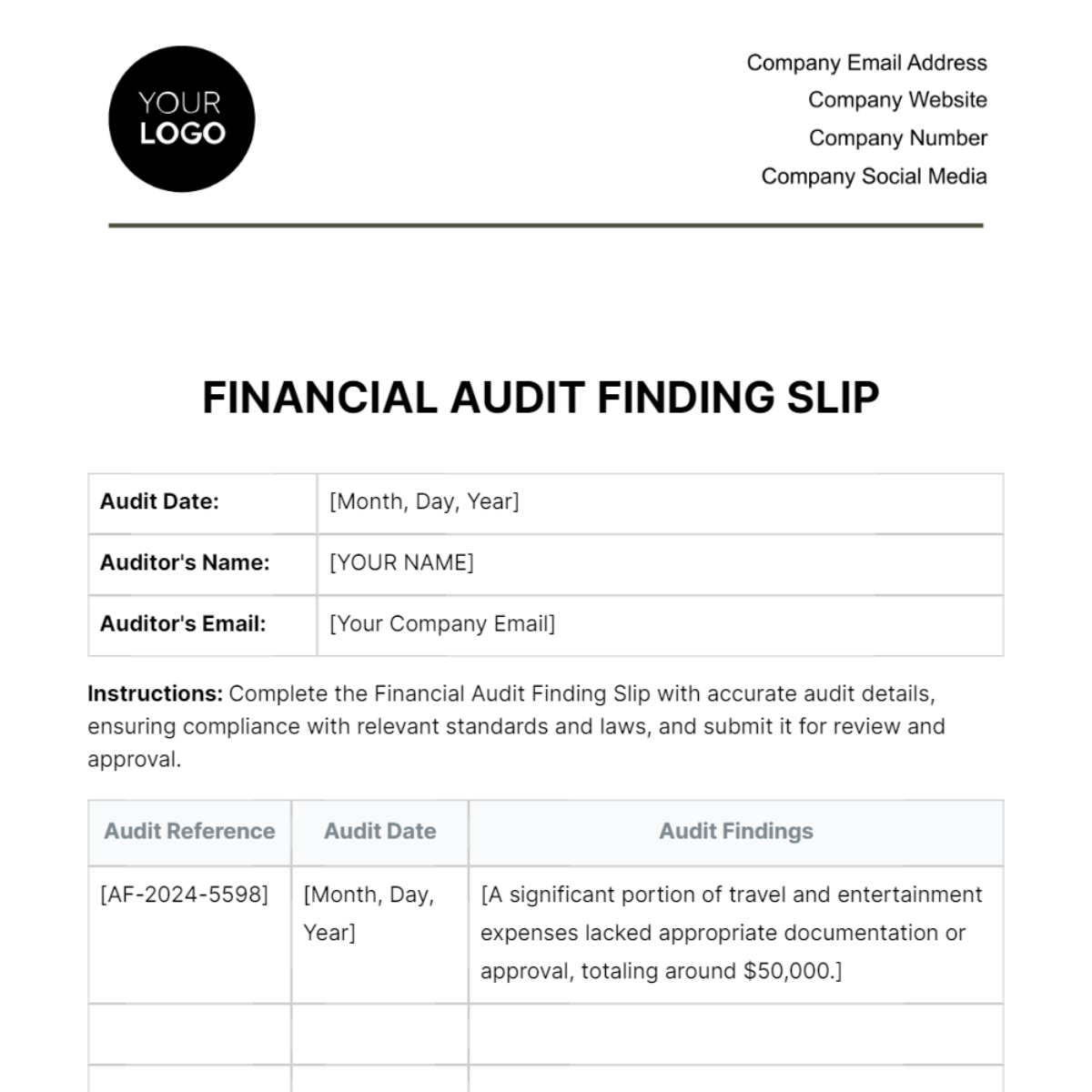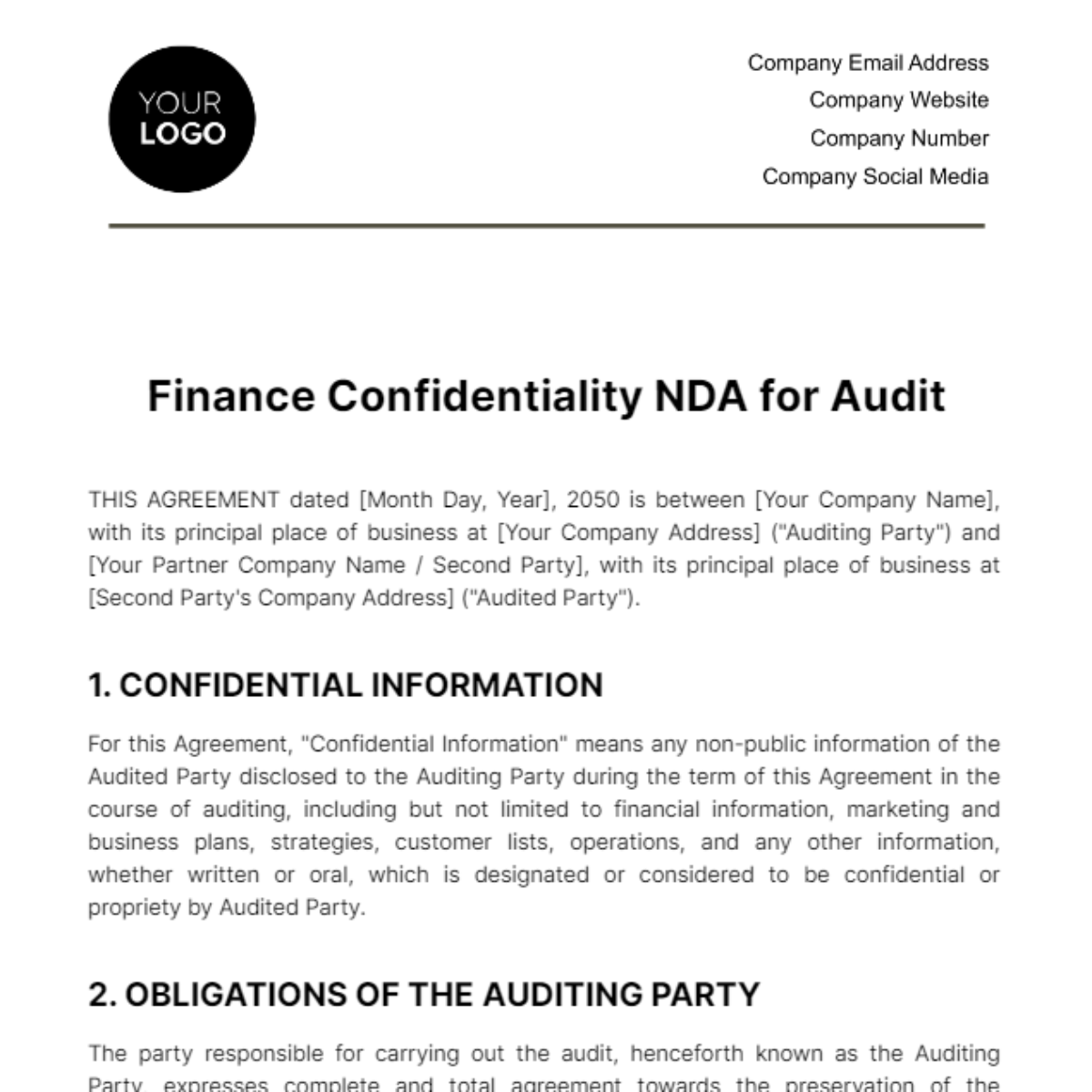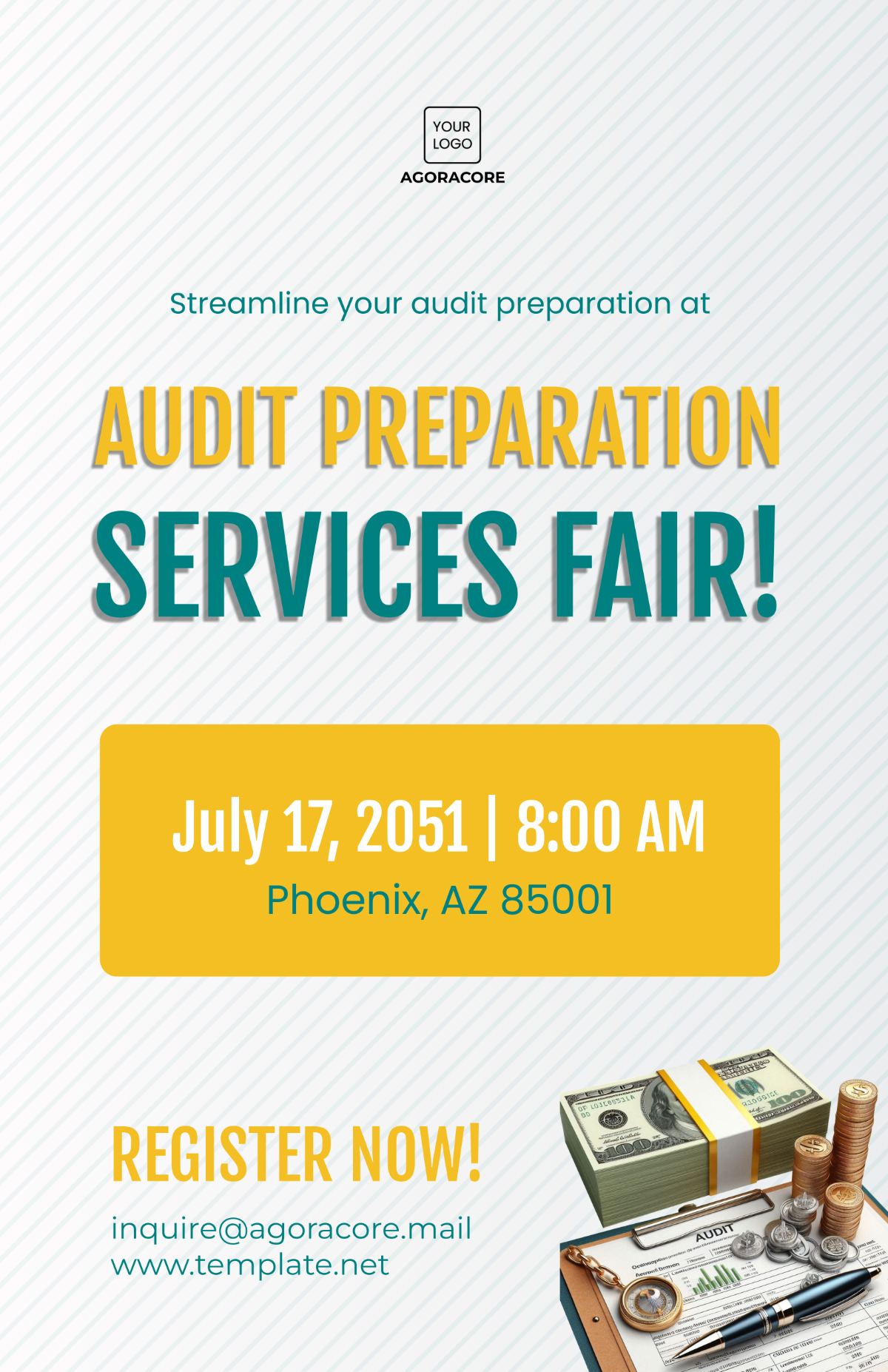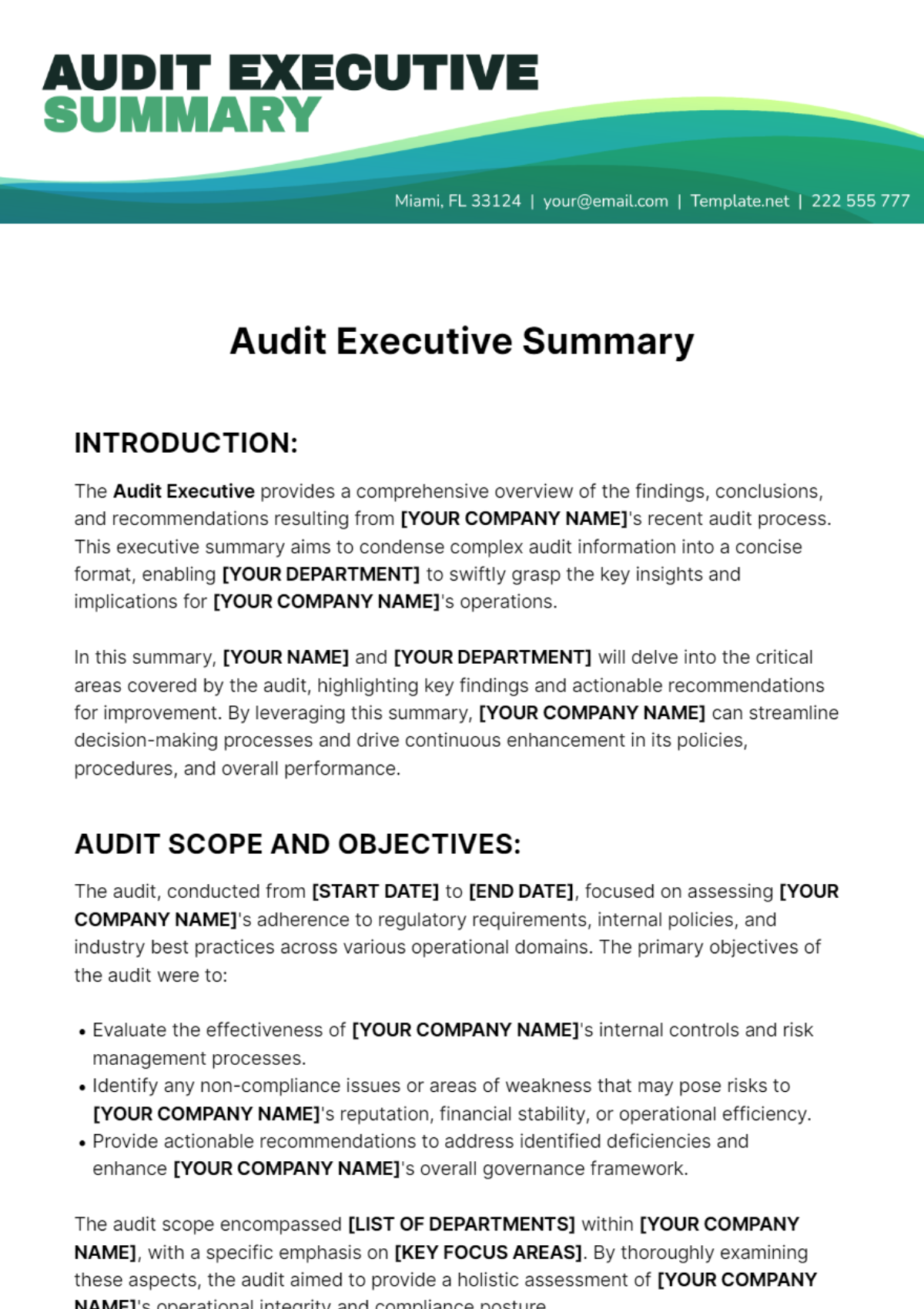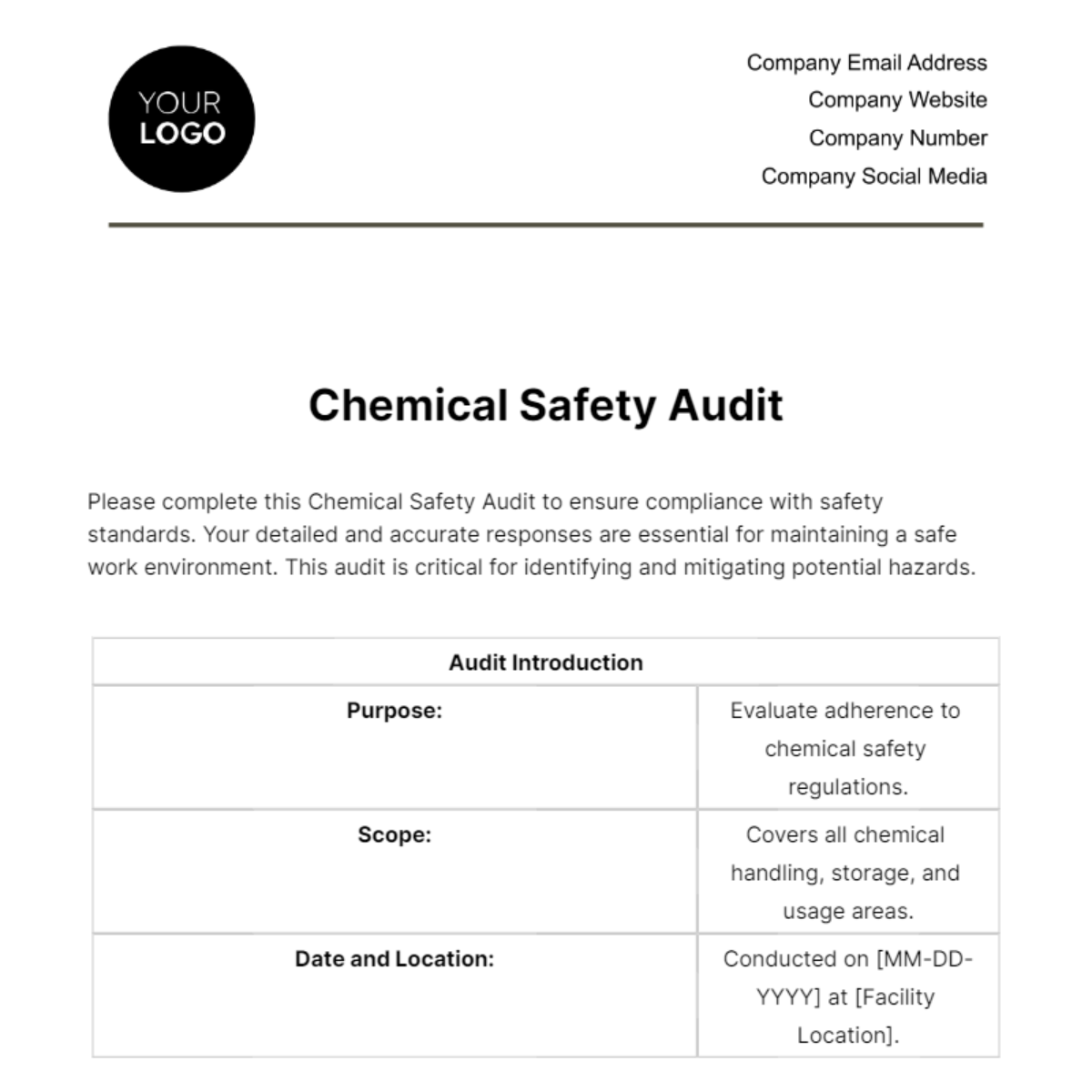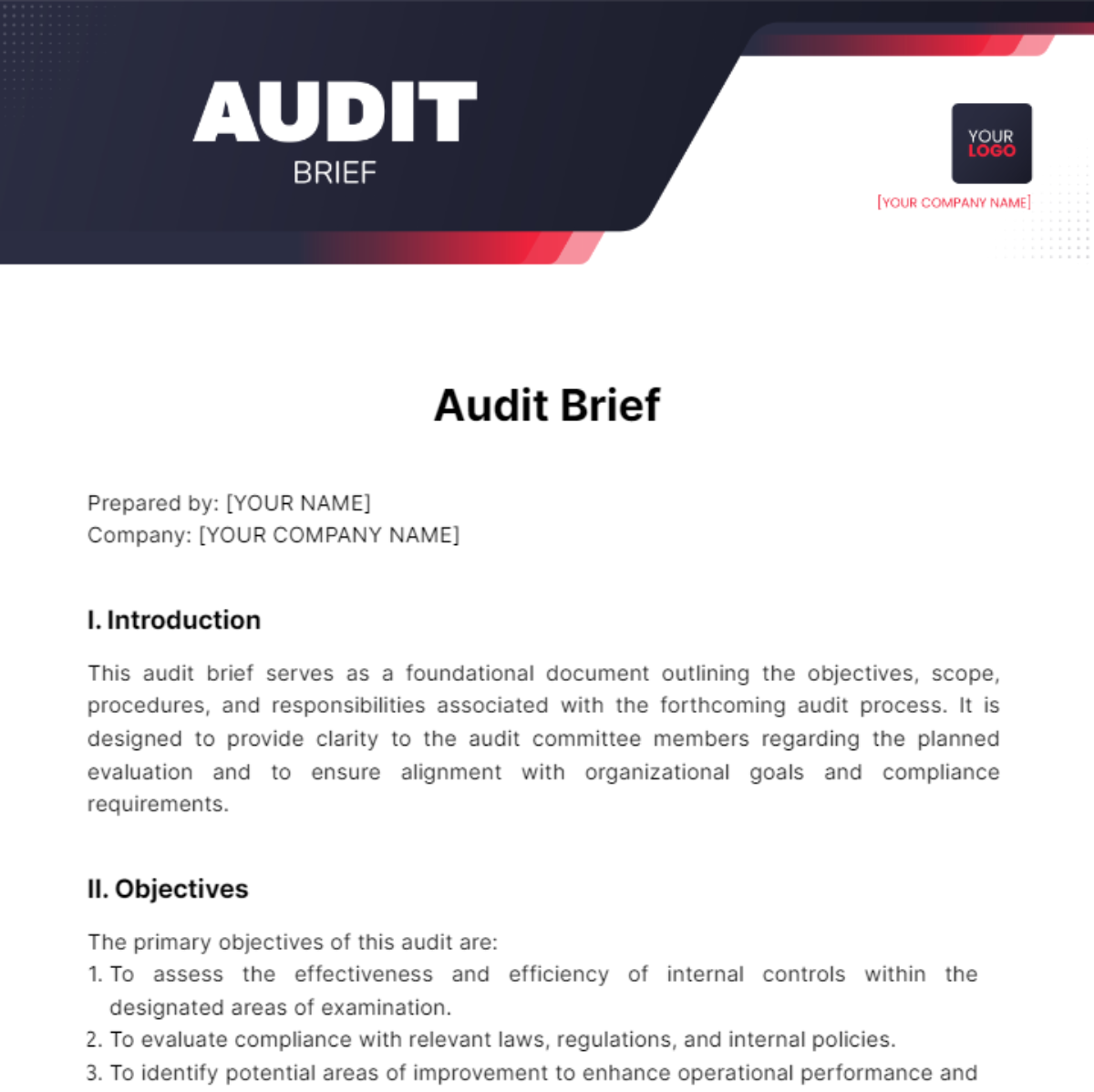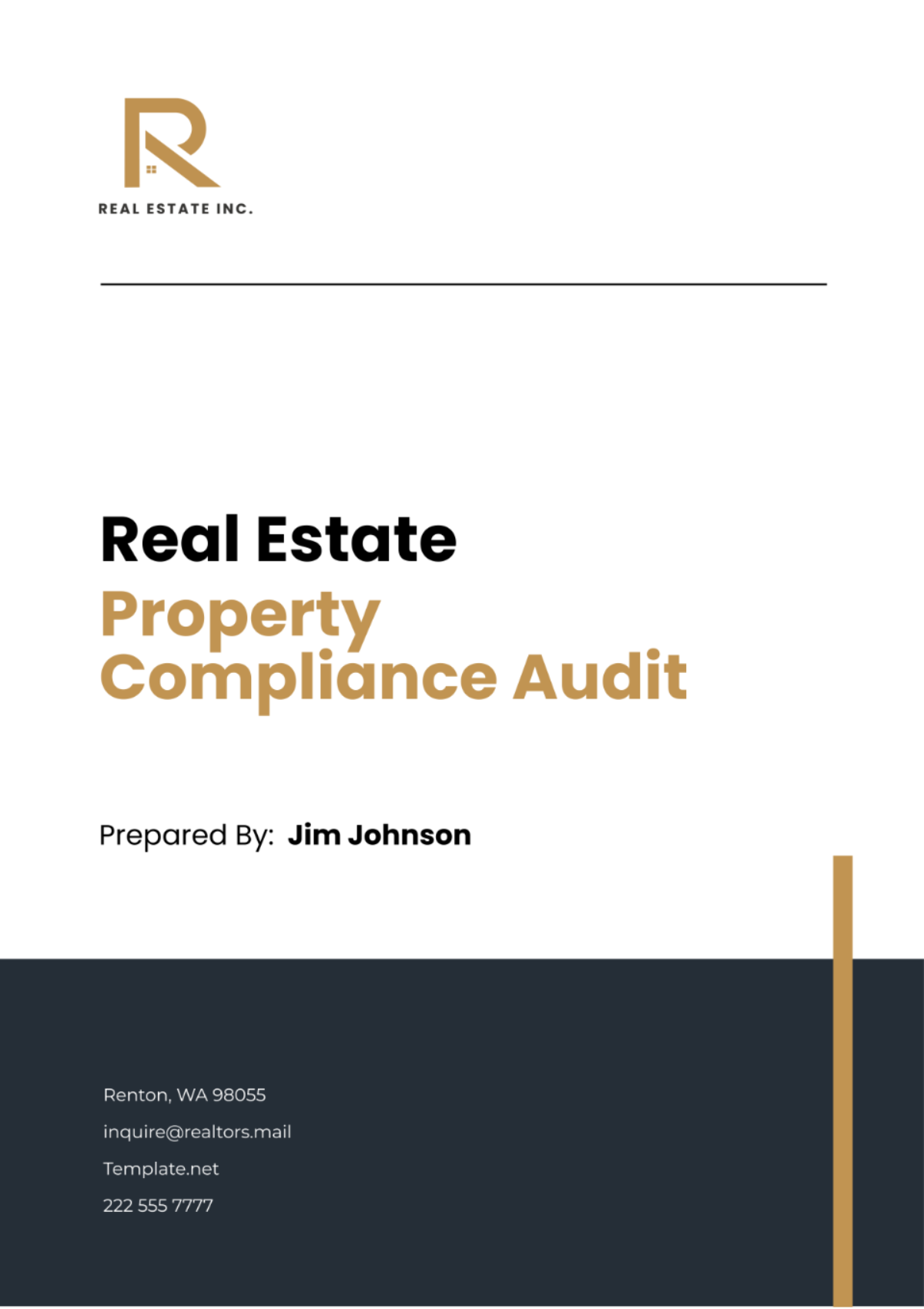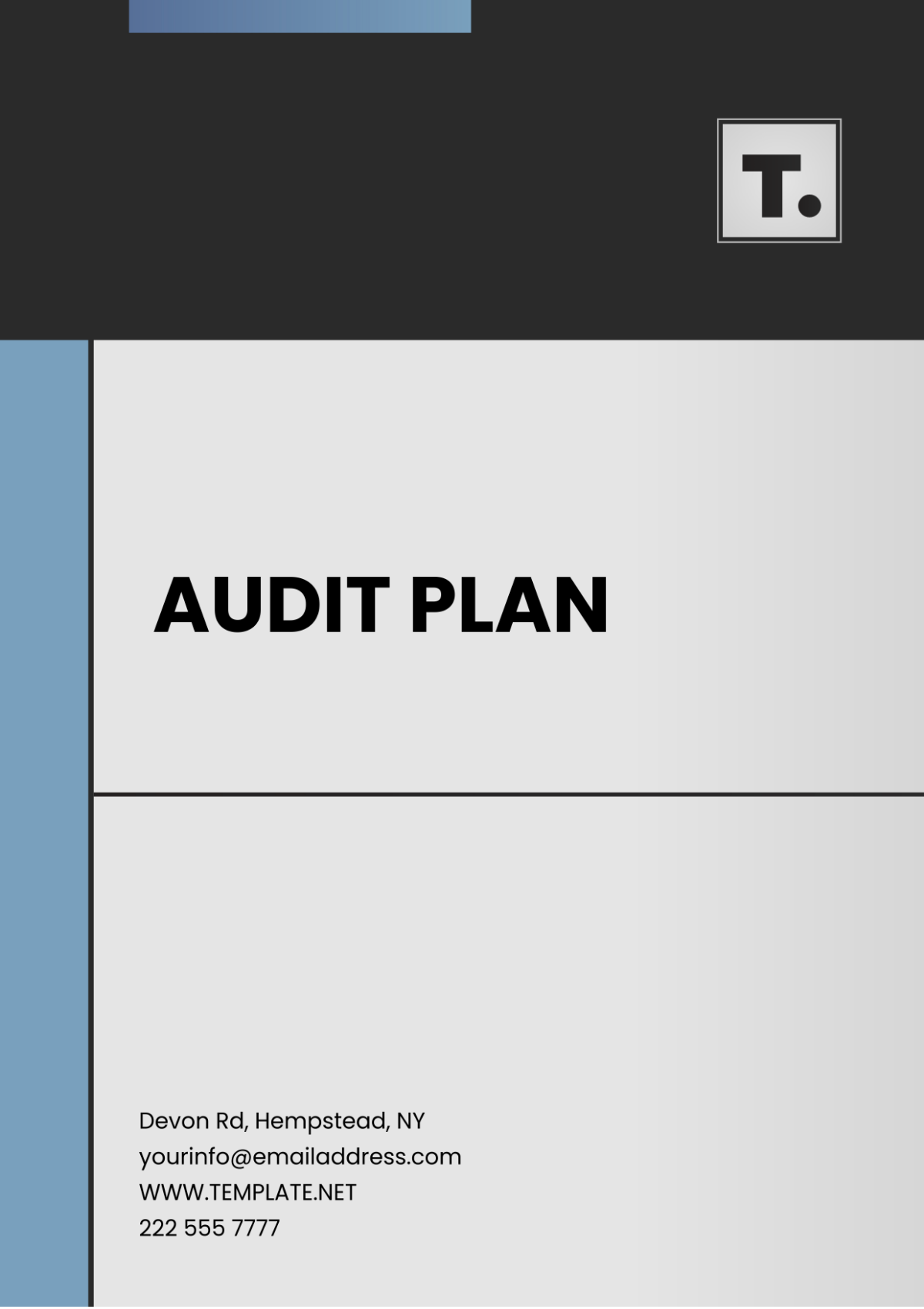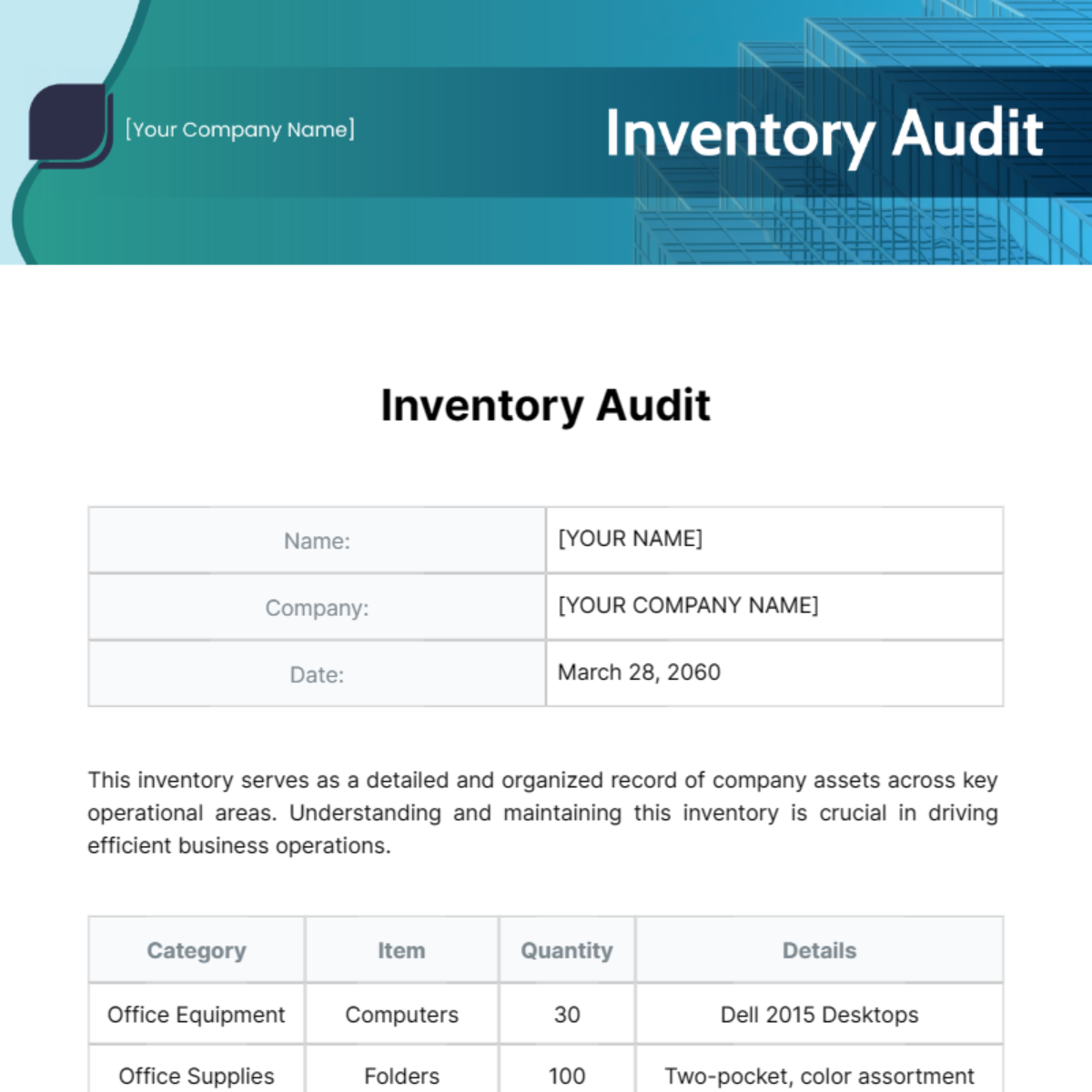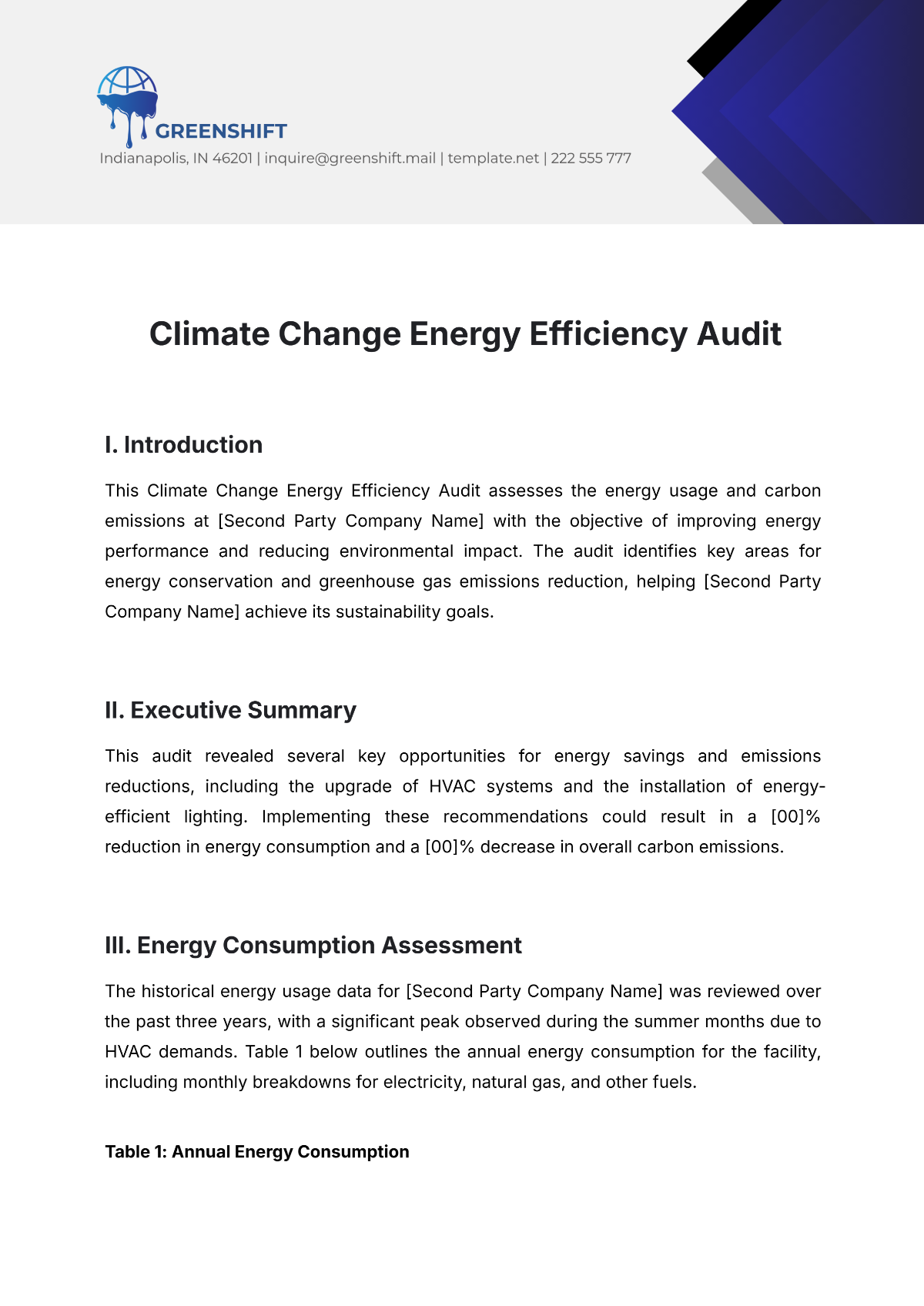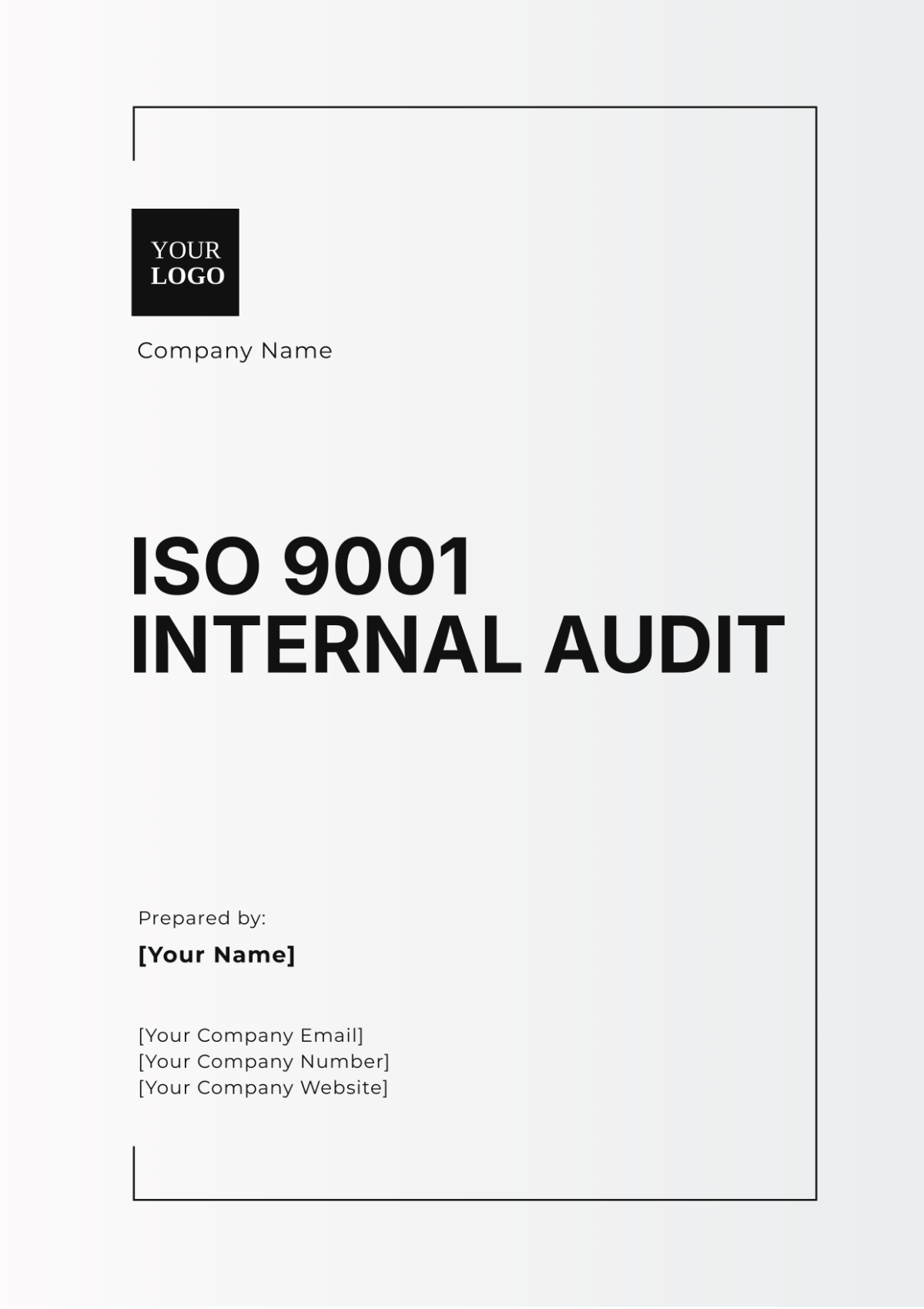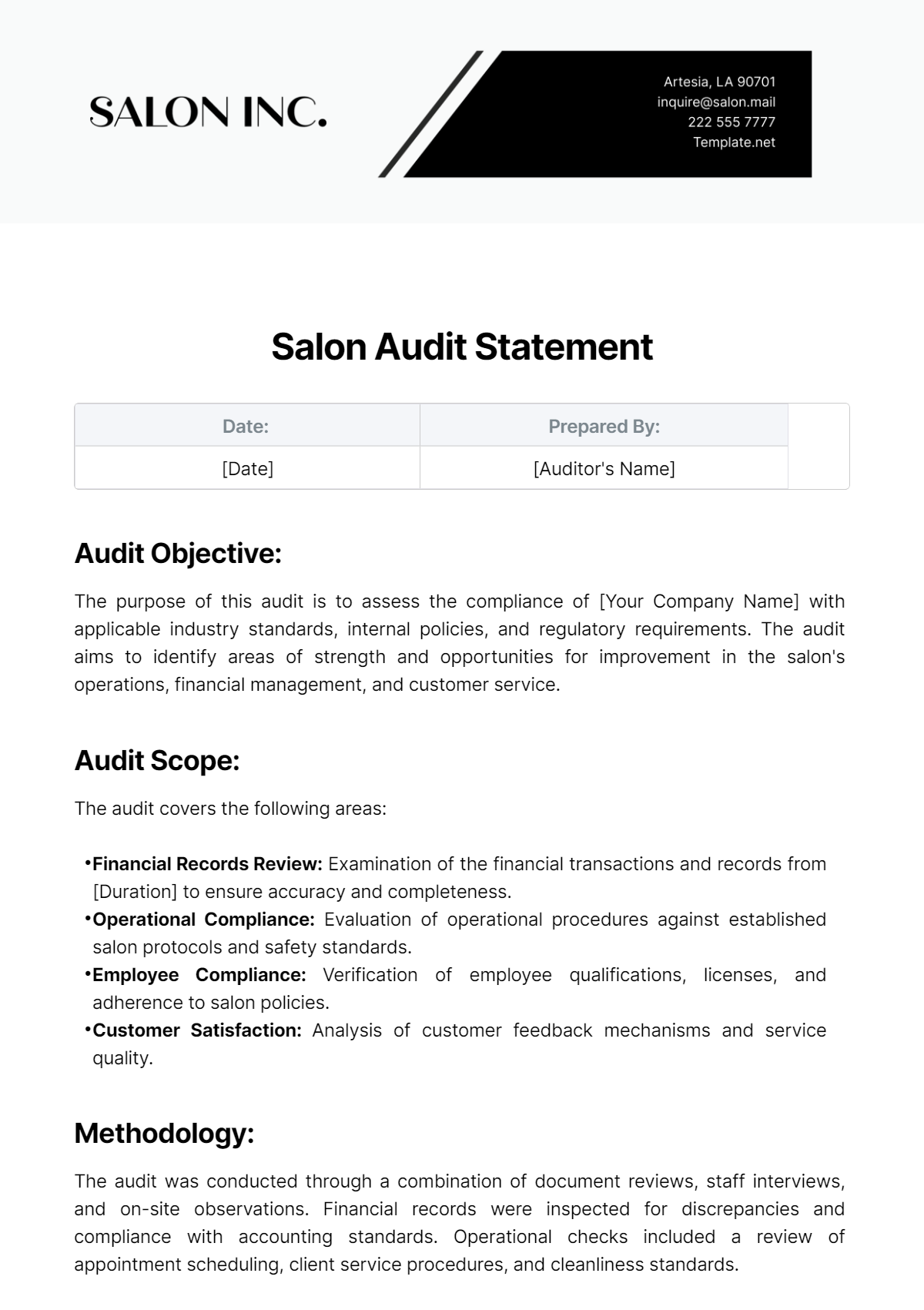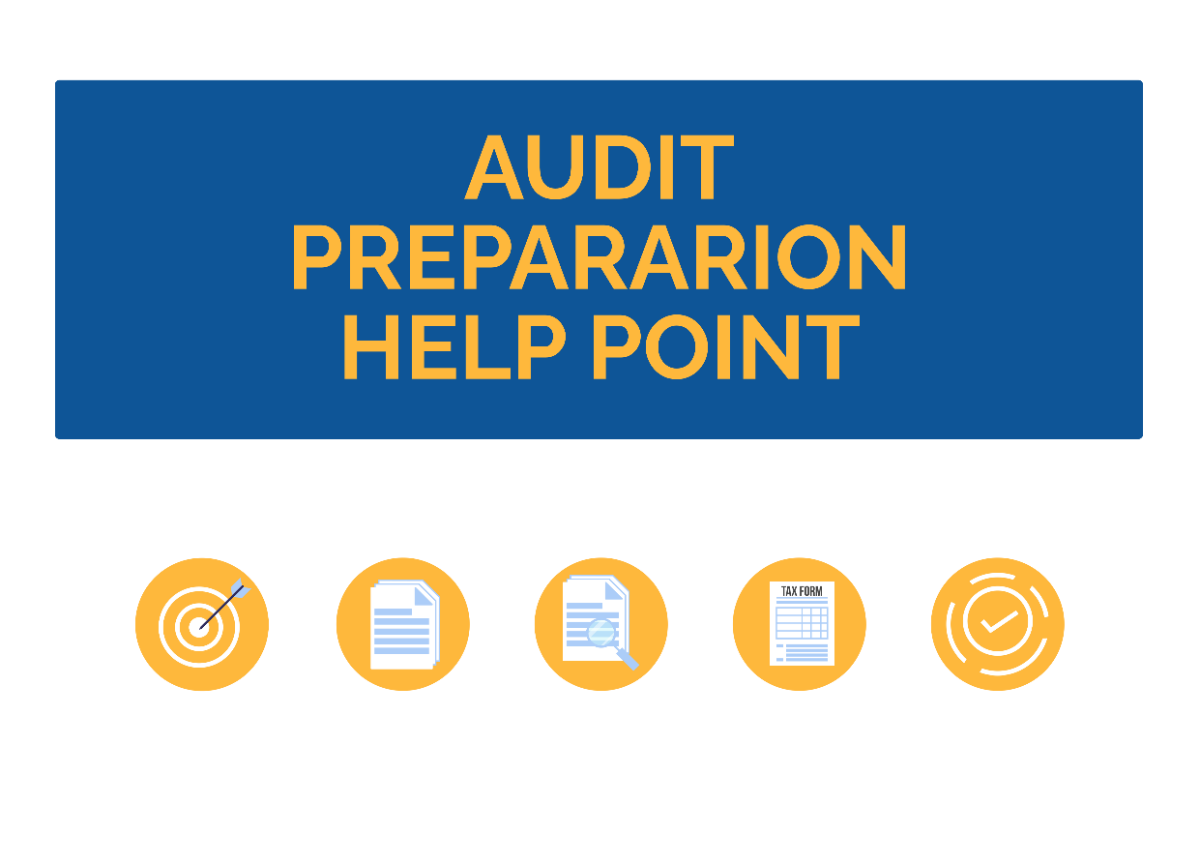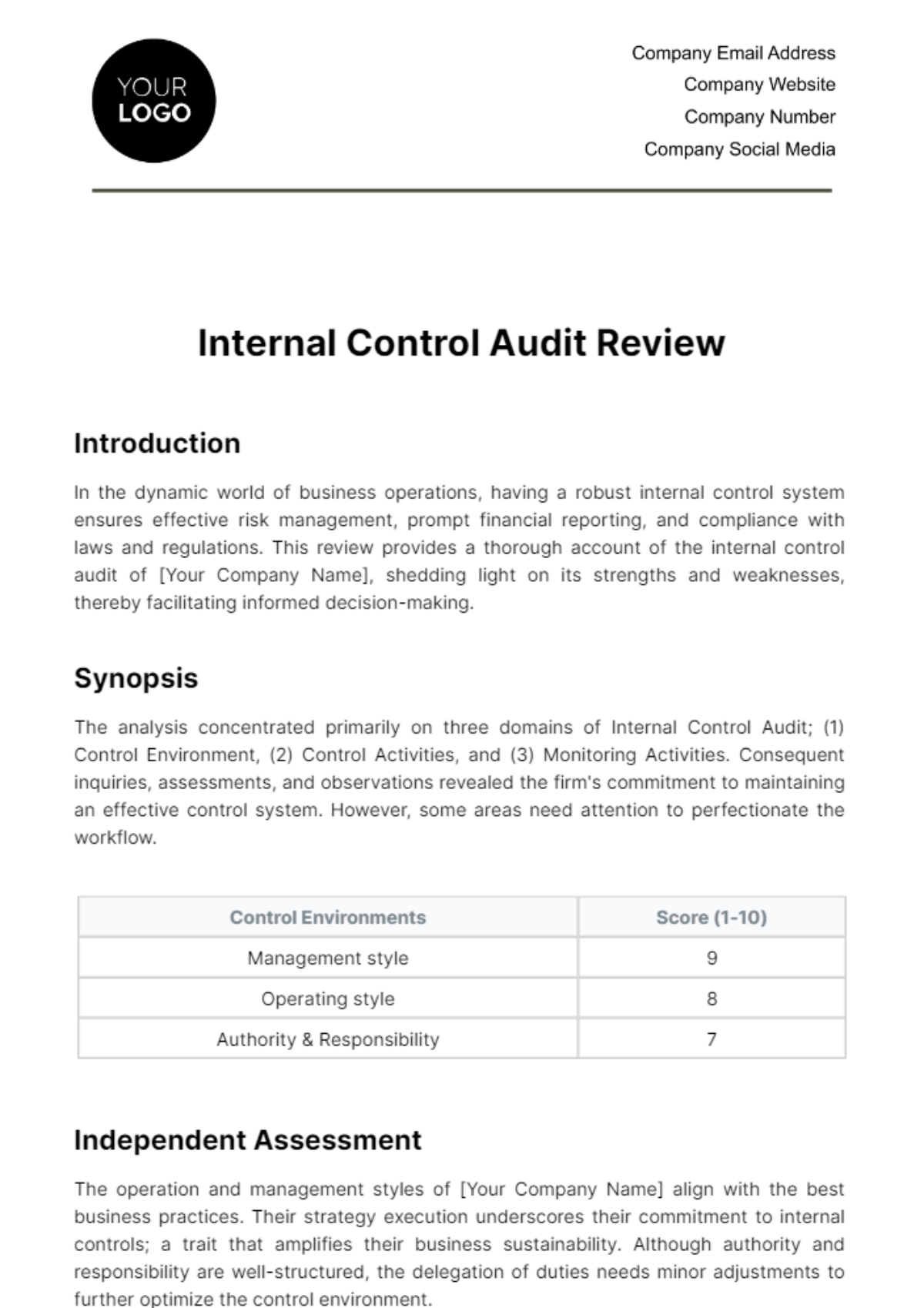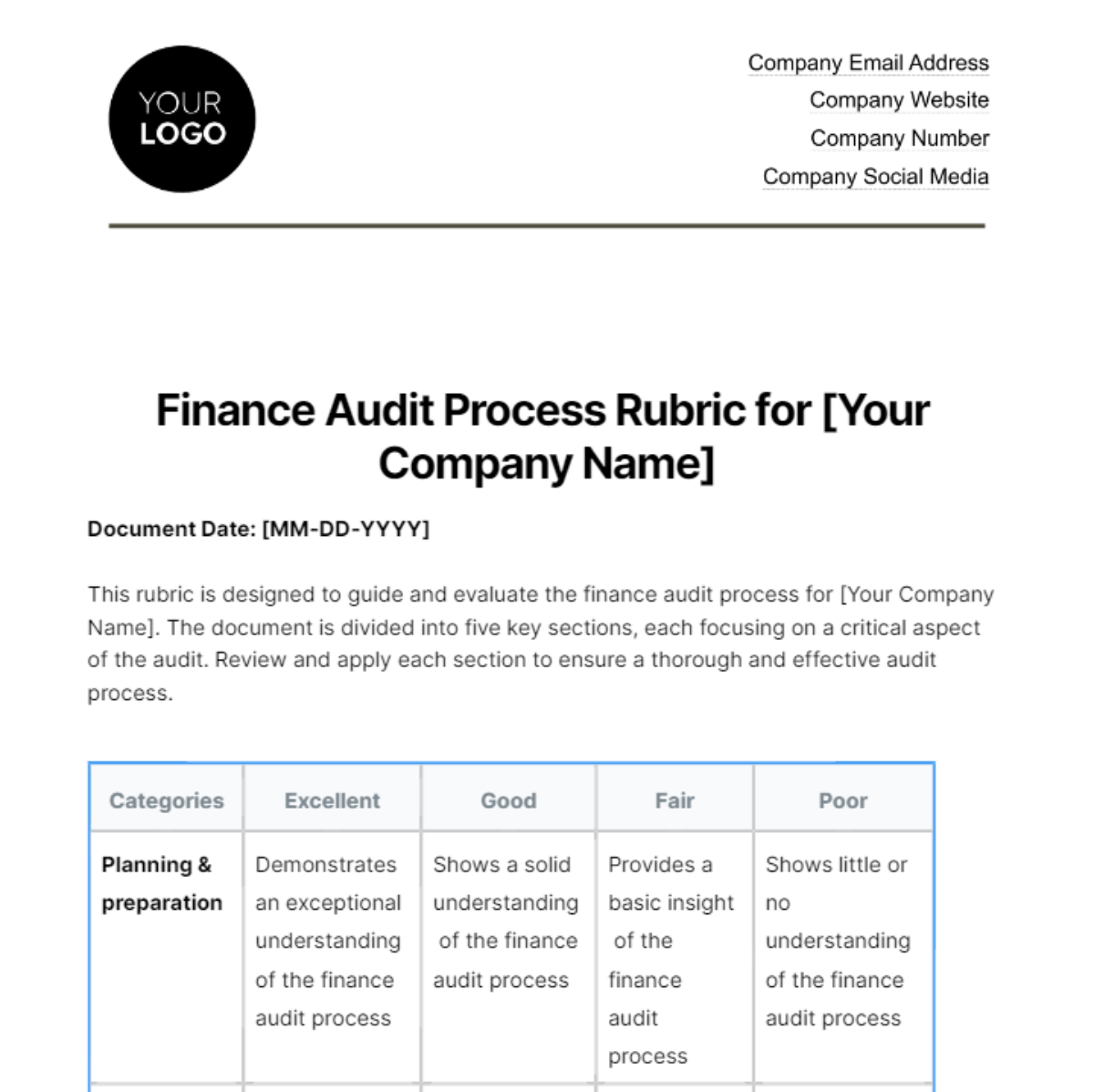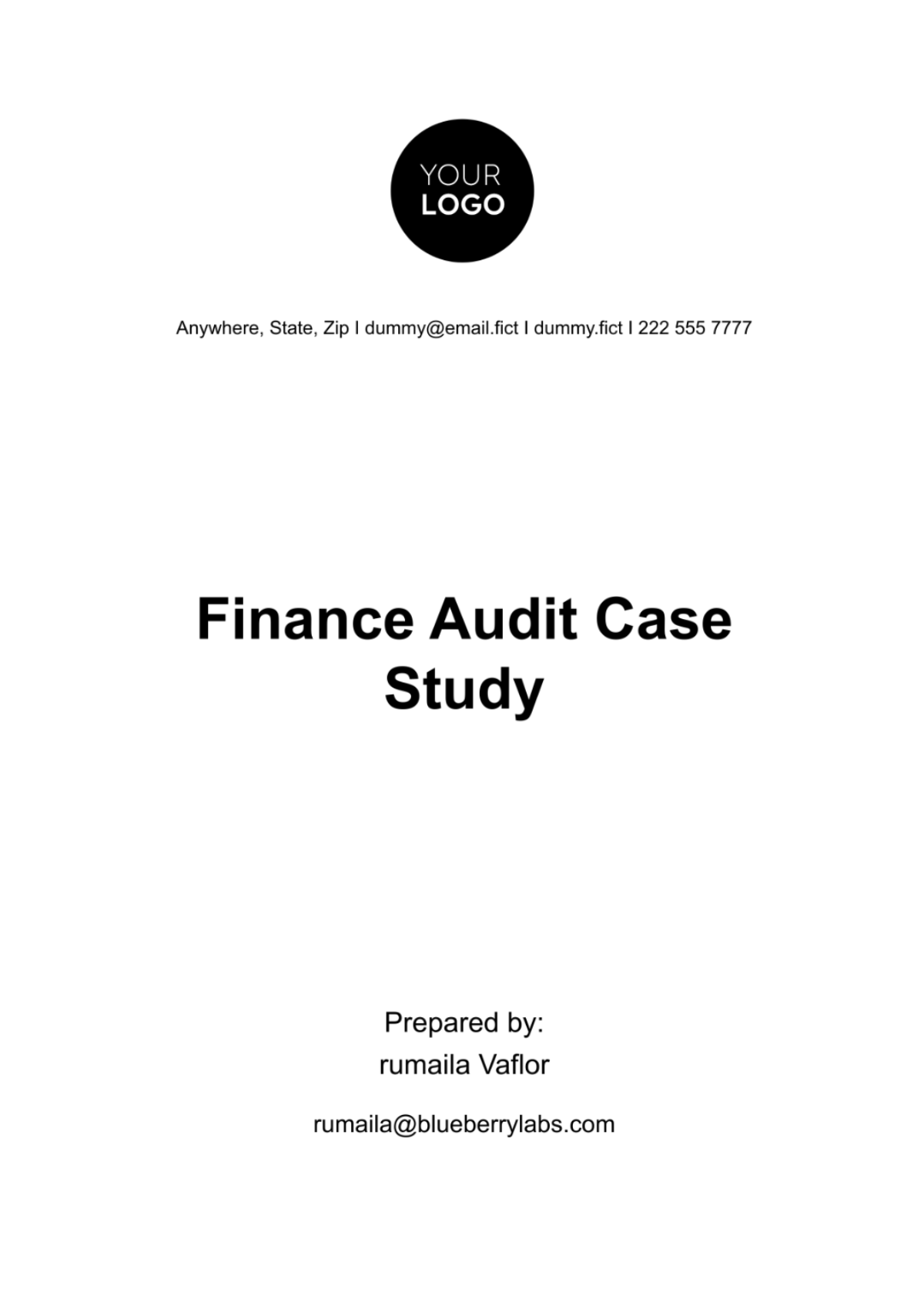Safety Audit Journal
I. Introduction
A. Purpose
The safety audit was conducted with the primary objective of fostering a safer work environment within SafeCorp, ensuring the well-being of employees, and minimizing the risk of accidents or incidents.
B. Scope
The audit comprehensively covered various critical areas, including the high-traffic production floor, essential facilities, and crucial office spaces, aiming to evaluate and enhance safety measures across diverse operational domains.
C. Audit Team
Audit Lead: [ Your Name]
Team Members:
[Team Member 1 - Full Name]
[Team Member 2 - Full Name]
This multidisciplinary team was selected to bring diverse perspectives, ensuring a thorough and well-rounded assessment of safety practices.
II. Pre-Audit Preparation
A. Audit Planning
Detailed planning encompassed establishing clear objectives, developing a well-structured audit schedule, and allocating appropriate resources to guarantee a comprehensive and efficient safety audit process.
B. Communication
Stakeholders were proactively informed of the impending safety audit through a combination of informative emails and prominently displayed notices in communal areas, fostering a culture of transparency and collaboration.
III. Audit Execution
A. Date and Time
Date: [Month Day, Year]
Time: [Audit Start Time] to [Audit End Time
The audit was strategically conducted during operational hours to capture real-time safety practices across different shifts.
B. Areas Audited
Production Floor: In-depth examination of machinery safety, work practices, and emergency procedures.
Facilities: Inspection of safety infrastructure, including emergency exits, fire suppression systems, and first aid stations.
Office Spaces: Assessment of ergonomic considerations, evacuation plans, and adherence to safety guidelines.
C. Observations
Positive safety practices observed, such as proper use of personal protective equipment (PPE) and adherence to safety signage.
Identified hazards: [List of hazards with detailed descriptions and locations]
D. Interviews
In-depth interviews were conducted with a cross-section of employees, providing valuable insights into their understanding and implementation of safety procedures.
E. Documentation Review
Thorough examination of safety manuals, incident reports, and training records provided a holistic view of the organization's commitment to safety and identified areas for improvement.
IV. Findings and Analysis
A. Hazard Identification
Hazard 1: A critical hazard was identified on the production floor involving [specific machinery/process]. The hazard poses a significant risk due to [explain severity and potential consequences]. Immediate attention is required to mitigate this risk.
Location: [Provide a detailed location description or specific machinery/process involved].
Hazard 2: Another notable hazard pertains to [describe the hazard], with potential consequences such as [outline potential consequences]. Addressing this hazard is crucial to ensuring the overall safety of the workplace.
Location: [Specify the exact location or department where this hazard was identified].
B. Non-Compliance
Instances of non-compliance with safety policies were observed and documented during the audit. These instances include [provide specific examples of non-compliance], which require immediate corrective action to align with established safety standards.
Location: [Specify the areas or departments where non-compliance was observed].
C. Root Cause Analysis
Root cause analysis was conducted to understand the underlying factors contributing to identified hazards and instances of non-compliance.
Root Cause 1: For Hazard 1, the root cause is attributed to [identify the root cause], necessitating corrective actions to eliminate the source of the hazard.
Root Cause 2: Non-compliance instances were found to stem from [identify root cause], highlighting the need for systemic changes.
V. Recommendations
A. Corrective Actions
Implementation of additional signage in hazardous areas to enhance visibility and awareness.
Coordination of refresher training on [specific safety procedure] to reinforce best practices.
B. Prioritization
Priority 1: Immediate corrective action required to address critical safety concerns.
Priority 2: Corrective actions within [specified time frame] to mitigate potential risks.
C. Responsible Parties
[Team Member 1]: Assigned responsibility for overseeing the prompt implementation of additional signage.
[Team Member 2]: Responsible for coordinating and conducting the scheduled refresher training.
VI. Post-Audit Activities
A. Follow-Up
A follow-up audit is scheduled for [Follow-up Date] to assess the effectiveness of corrective actions and identify any new areas of concern. The follow-up audit will involve:
Reassessment: Comprehensive reassessment of previously identified hazards and areas of non-compliance.
Employee Feedback: Gathering feedback from employees to evaluate the practical impact of implemented corrective actions.
B. Implementation Verification
Verification activities, including inspections, employee feedback, and documentation reviews, will be conducted to ensure the successful implementation of corrective actions. Verification will involve:
Inspections: Rigorous inspections of areas with identified hazards to confirm that corrective actions have been implemented as planned.
Employee Feedback Sessions: Engaging employees to provide insights into the perceived effectiveness of safety improvements.
VII. Conclusion
A. Summary
A concise summary encapsulates key findings, highlights positive changes, and outlines the ongoing commitment to safety. The summary includes:
Success Stories: Instances of successful hazard mitigation or improvements in safety culture.
Areas for Continuous Improvement: Identified areas that may require ongoing attention and improvement efforts.
B. Lessons Learned
Documented lessons learned from this audit process will inform future safety initiatives, fostering a culture of continuous improvement. Lessons learned include:
Effective Practices: Recognition of practices that contributed positively to safety.
Challenges Faced: Identification of challenges faced during the audit process and strategies for overcoming them.
VIII. Signatures
This Safety Audit Journal is affirmed and acknowledged by the following members of the audit team:
[Your Full Name]
[Your Position]
Date: [Month Day, Year]
[Team Member 1 Full Name]
[Team Member 1 Position]
Date: [Month Day, Year]
[Team Member 2 Full Name]
[Team Member 2 Position]
Date: [Month Day, Year]
IX. Approval
Approved by [Name], [Position], on [Approval Date]. Management approval ensures endorsement of corrective actions and demonstrates organizational commitment to safety excellence. The approval also signifies acknowledgment of the comprehensive nature of the safety audit process.
